Sanatana Dharma
(REAL Hindu myth and philosophy adapted to the world of Emynea, eras after nature came to life!) |
Within the tranquil, tepid lakes of Bharatavarsa, a rich and ancient religion has woven itself into the fabric of Bharata society and influences lands far beyond their borders! Sanatana Dharma is a collection of local myths, ancient traditions and sacred texts--more of a way of life than a simple religion. Its traditons are called sampradayas while Sanatana Dharma itself means the Eternal Law or Eternal Way. Much like Netjer Pesedjet, it is among the most ancient mythologies in Emynea, surviving the Birth of the Erlithmanil intact and almost unchanged. The Erlithmanil and their Aspects were easily absorbed into this pantheon wherin hundreds of gods are seen as the different faces of one supreme being. And whichever sect a Sanatanis belongs to, all are unified in their belief in dharma, reincarnation and their reverence of the Vedah scriptures!
A medley of paths pursuing enlightenment fall under the umbrella of this religion, separated by philosophies, revered deities or into entirely different faiths. There are six darsana, Vedic philosophies, but followers can also be separated by which gods they revere the most! Practicioners of Vaishnavism revere Vishnu, Shaivists revere Shiva, Shaktis worship Devi and devotees of Smartism honoor all deities equally. Other sister faiths share Sanatanis mythology, philosphies and ultimate goals too, including the nonviolent Jainas, the widespread Bauddhas and disciples of Sikhi! But whichever sect a Sanatanis falls under, most are unified in their beleifs about the soul and concepts like karma, dharma, gunas and maya--that the soul reincarnates after death, trapped in a cycle of rebirth. |
Table of Contents |
Of Souls & Matter | |
Paths to Enlightenment | |
From Dark Waters | |
Create, Preserve, Destroy | |
Churning of the Sea | |
Men, Devas, Asuras, Oh My! | |
Faces of Brahman | |
Vedic Scripture |
CosmologyOf Souls & Matter |
Important Terms |
|---|
Dharma |
Karma |
Samsara |
Moksha |
Yoga/Marga |
Brahman |
Atman |
Prayascitta |
Puja |
Vahana |
Sanatanis believe in atman and reincarnation, that the soul continually reincarnates after death and their new life is affected by their dharma and karma--the sum of their past actions. The ultimate goal of the Sanatanis is to escape reincarnation, to achieve enlightenment or moksha and be liberated from samsara. This may sound strange to an outsider--why wouldn't you want to keep coming back from death? But within this faith, souls have become lost and disconnected from the universal whole. We are all stuck in the illusion of the physical world, maya, and continue to suffer because of our forgetfulness and ignorance! |
Gunas |
|---|
Sattva | Rajas | Tamas |
|---|---|---|
purity knowledge harmony goodness joy |
activity need passion energy motion |
darkness destruction impurity laziness ignorance |
According to Sanatana Dharma, all physical matter is made up of three gunas or qualities, spurred to manifest into physical matter by desire! In other words, the physical world is an illusion made from these qualities and conscious desires. These three qualities are sattva, rajas and tamas. The exact structure of how these qualities interact varies considerably from philosophy to philosophy, becoming incredibly complex. But overall, gunas exist in three different states, affected by how they are mixed and by the desire of the purusha (consciousness) which has agitated them--producing around 24 different properties! |
States & Types of Matter
|
All of these vague concepts come together to explain how our atman, our souls, manifest matter in order to experience creation, to be a part of it! Sanatanis believe that each atman clads itself in gunas, creating a temporary body as a vehicle so it can perceive and interact with creation. While atman are eternal, our bodies are temporary. This is where karma and dharma come in, affecting how gunas manifests around their body!
Physical matter without consciousness is maya, manifestations of gunas which aren't permanant--ever changing and captivating our senses! This is how souls become caught up in samsara, reincarnation. Maya is a mass illusion, a virtual reality which is impermanant and ephemeral. Lost or caught up in these illusions, souls become trapped by ignorance and forgetfulness of the ultimate unity, continuing to reincarnate unless they can remember their true nature. Dharma acts as a path to rememberance, to moksha or enlightenment. In this way, Sanatana Dharma is believed to be the eternal path which guides souls back to their original state, Vayu! Out of all of the different religions in Emynea, the cosmology of Sanatana Dharma is most supported by a number of the Erlithmanil--even if they disagree on local practices, execution and politics. This is especially true for Wylrith and Ylithuum! |
YogaPaths to Enlightenment |
There are three paths or methods a Sanatanis can follow in order to pursue moksha, these methods called marga or yoga. These are karma-marga, jnana-marga and bhakti-marga. Some also recognize a fourth path, virya-marga. All paths focus on the moksha of the individual, contrasting more traditional folk practices of Brahmins, Sanatanis priests. But regardless of paths, sects and traditions, all Sanatanis have a common sense of unity among them—a shared identity! |
Karma-Marga | Jnana-Marga |
|---|---|
This is a path of action focusing on selfless and virtuous labor. They perform duties and work hard not for the end reward but for their dedication to a larger purpose—they are detached from the result focusing only on hard work. |
This is the path of knoweldge focusing on self-realization and understanding the true nature of reality through study, contemplation and introspection. It is a path illustrated in the Bhagavad Gita, a part of the Vedah's greatest epics! |
Bhakti-Marga | Virya-Marga |
This is the path of devotion focusing on devoting, loving and surrending to a personal deity—to a higher power. This personal deity can be any member of the vast Sanatanis pantheon! Acts such as prayer, oblations, sacrifices, rituals and the like fall under this path. |
This is the path of the hero, focused on military actions and heroism. This path is idealized and emulated after Rama from the Ramayana, one of two epic poems in the Vedah. It offers a valid path for warriors and soldiers who can then devote themselves to their craft! |
CreationFrom Dark Waters |
In most religions, there is a very rigid, monotropic portrayal of how the world was created. But for this ancient collection of beliefs, there is no single view every Sanatanis shares! Instead they recognize that there is no man alive that knows for sure how the world was created. Instead, they have a collection of theories, local legends and possibilities each believer can choose to subscribe to. There is even one group which completely throws up their hands and says "Who knows!" What is universal is the belief in the continuous cycles of creation, preservation and destruction of the universe, a cycle which they believe has already happened many times. In fact, some Sanatanis believe the Birth of the Erlithmanil was the end of the last cycle! |
HiranyagarbhaCosmic EggIt is believed that before creation, there was originally a radiant golden egg from which all was born! So central is Hiranyagarbha that it features in most if not all other creation myths in some way. Some believe this egg was created by the merging of Purusha and Prakriti (who represent consciousness and primal matter) while others believe Brahma emerged from the egg or is the egg. Alternately, it is instead Tvastar, the divine craftsman, who created the egg or that it was born from the womb of Mahadevi, the great creator goddess! |
Purusha SuktaDismembermentIn the beginning, there was a single cosmic being called Purusha, embodiment of consciousness. But this entity grew lonely, splitting himself into two, his other half Prakriti the embodiment of primal matter and the first shakti. Together they bore the eldest Devas before reuniting as one being. Finally, Purusha had the Devas perform yanjna on him, ritual dismemberment, his body used to construct the universe itself! |
Shatapatha BrahmanaPrajapati & the FloodBefore creation, the great Brahman emerged from the dark waters of the cosmos as Prajapati. Prajapati performed religious rituals called tapas in order to reproduce by himself, creating Hiranyagarbha in this way. The earth, sky and heavens were born from the cosmic egg. Prajpati then performed tapas a second time, creating all living things including the devas, asuras and mankind. But he also created a darkness which caused a great flood! With a warning from Prajapati, one man and woman survived, all humans descending from Manu and Ida. |
Aitareya UpanishadOne AtmaAll was originally one, all was only Atman, the soul. From itself Atman created the heavens, the sky, the earth and the underworld. Much like Purusha, Atman grew lonely and wanted to experience the world it had created, so it split itself into male and female from which all beings were born in pairs. In this way all things are still Atman, separated into things such as fire, soma, the Devas, the Varnas and dharma itself! |
Nasadiya SuktaNo One KnowsNo mortal, no god, no being can recount the creation of the world. After all, who can recall events which occured before even the gods were created? All we know is what was was told by the divine: before creation, all was darkness and emptiness--a dark ocean in which all potential was hidden until the One came into being through force and heat. |
Darkness there was at first, by darkness hidden; Without distinctive marks, this all was water; That which, becoming, by the void was covered; That One by force of heat came into being;
Who really knows? Who will here proclaim it? Whence was it produced? Whence is this creation? Gods came afterwards, with the creation of this universe. Who then knows whence it has arisen?
Whether God's will created it, or whether He was mute; Perhaps it formed itself, or perhaps it did not; Only He who is its overseer in highest heaven knows, Only He knows, or perhaps He does not know.
Universal CycleCreate, Preserve, Destroy |
Whichever origin myth a Sanatanis prescribes to, there is one shared belief about the cosmic cycle--that the universe is repeatedly created, preserved and destroyed in an endless cycle, again and again! This cycle has occurred many times and will continue when the current world is eventually destroyed. Some believe the most recent cycle ended with the Birth of the Erlithmanil and while others say the destruction of the old world was incomplete. But while the Sanatanis pantheon and culture been altered by magic and time, their beliefs are fundamentally the same! Three Devas in particular remain the most influential because it is their responsibility in maintaining the cycle--the Trimurti. |
The Trimurti are the keepers of dharma and caretakers of the universe. Together, they represent and enact the cosmic cycle, each carrying out a different role. Brahma (Luxis) is the creator, Vishnu (Rylis) is the preserver and Shiva (Wylrith) is the destroyer. Meanwhile, their wives and counterparts are the Tridevi, triple goddesses which balance out their husbands and personify their power, their shakti. Saraswati (Lithmor) is married to Brahma, embodying his creative power. Lakshmi (Ylithuum) embodies the blessings and abundance resulting from Vishnu's protection. Finally Parvati (Ferith) balances out the austere Shiva, bringing joy into his life and embodying his hidden creative power.
Each cycle follows a similar routine. When the old universe has been destroyed, all that is left is a sea of nothingness, a vast ocean of darkness wherin Vishnu floats atop Shesha, the naga king and embodiment of time. Eventually, a lotus blooms from Vishnu's navel from which Brahma emerges! Brahma goes about creating the new world, using all of the potential within the cosmic sea. It then becomes Vishnu's responsibility to protect and maintain order in this new world, occasionally incarnating into an avatar to maintain balance. Finally, at the end of it all, Shiva destroys the world so the next cycle can start anew. |
Samudra ManthanaChurning of the Sea |
The world changed after the Birth of the Erlithmanil, the old world razed to the ground—for many it was the end. Surviving Sanatanis believe the chaos was the end of the previous cycle or associate it with the myth of Samudra Manthana, a war between the Devas and Asuras as they sought out Amrita, the elixur of immortality. Either way, the Erlithmanil raged across the entire world, elemental destruction and divine fury reshaped the planet. Wildfires scorched the earth, lightning besotted whole nations and the sea consumed swaths of the earth which shifted beneath their feet, entire continents relocated!
As uncompromising fire enveloped Bharatavarsa and their once tropical environment gave way to arctic winds, Shiva took pity on the pious Sanatanis, submerging their peninsula in quenching water. Some Sanatanis survived this well-intended flood by taking refuge in the high peaks turned islands while others were rescued by Devas inlcuding Varuna, Pashupati, Garuda and the Ashvins, granting them kaithur which would let them to fly or reside underwater! But Parvati, in the form of Kali, was furious with Shiva for extinguishing her flames. Yet Shiva, ever tranquil and patient, managed to calm her wrath and call on her to aid the suffering Sanatanis. Taking on the form of Gauri, Parvati warmed the waters from deep underground, the steady heat of volcanc chambers saving them from the unforgiving cold of their new arctic habitat. From then on, Bharatavarsa became a mystical lake where snow falls along warm, steamy waters! A new being was also born from the combined power of Shiva and Parvati--Kamadeva! He rose alongside the steam, embodying both his Mother's passion and his father's tranquility. Despite this act of goodwill, the conflict continued as the Asuras battled against the Devas overhead Bharatavarsa, churning these waters into a frothy whirlpool! Prithvi began casting special herbs into the water laced with healing magic, trying to save those caught in the tempest. But she is pulled into the water by an Asura, submerging her deep underwater until Vishnu -in the shape of a boar- defeats her assailant and rescues her from the depths! But something miraculous had occurred due to Prithvi's efforts: the herbs and churning waters birthing fourteen ratnas, precious gems, which transformed into divine treasures, mythic creatures and even newborn Devas! Lakshmi herself emerged from this frothing sea, immediately dredging up mountains all around the edges of Bharatavarsa, coralling the tepid waters until a system of lakes, mountains and islands were formed! Varuni also emerged, carrying with her Amrita which she granted to the Devas, causing the Asurra to retreat. Once they had attained immortality, Kamadeva sprang into action! Useing his sugarcane bow and flower arrows, he struck the hearts of the raging Devas, invoking emotions of affection and love for mankind and a desire for peace. Finally seeing the destruction they had wrought, the Devas refocused on restoring order. With the aid of the serpent Vasuki anquored around Kunlun Shan, the raging waters finally subsided. However, a lethal poison, Halahala, formed from the churning and herbs too, so potent it threatened the life of all creatures! In one more act of wisdom and kindness, Shiva gathered and swallowed Halahala, turning his neck blue but finally quelling the dangers the Asura had provoked. The Sanatanis people were saved despite many changes to their homeland, taking on a new aquatic lifestyle. Kamadeva became known as the god of love, a symbol of divine aid and mercy who calmed the raging gods! He continues to rule Bharatavarsa to this day through, the Bharata Ganarajya. |
DemographyMen, Devas, Asuras, Oh My! |
The majority of Sanatanis are Bharata, this religion certainly having the greatest influence in Bharatavarsa. However, the arm of Sanatana Dharma is long, its influence stretching throughout the Frozen Wastes, To Rong Lua and Suwarnadwipa. And while not as pervasive, Sanatanis or at least the influence of their mythology can also be found in parts of Nippon, Zhongguo and even northern Alkelbulan! |
There are two divine races in this cosmology, the Devas and the Asuras. While Devas are benevolent gods and entities of light, the Asuras are malevolent demons and entities of darkness. Devas seek to protect and maintain order in the world while Asuras are destructive, chaotic and power seeking, instigating conflict. Interestingly, most Devas and Asuras are actually cousins, descending from the different wives of the sage Kashyapa! |
DevasGods |
|---|
Devas | Parents | Members |
|---|---|---|
TrimurtiGods responsible for the cosmic cycle | Self-Born | |
TrideviWives and Shakti of the Trimurti | Self-Born or Himavan | |
AdityasCelestial gods of the sky, stars and heavens | ||
VasusDevas of elemental forces like fire, water, earth and air | ||
27-60 Storm Gods | ||
26-45 or more members | ||
GandharvsaDivine musicians and performers | 6,333 nymphs |
|
|---|
Asuras | Description | Parents |
|---|---|---|
Daityas | The infamous adversaries of the Devas, these agents of chaos and violence once overan the earth but were eventually vanquished. | |
Danavas | Once considered Devas, these are hundreds of asuras which were exiled from Svarga, heaven | Danu & Kashyapa |
Rakshasas | Among the most feared asura, these are hungry, wrathful man-eaters who can shapeshift! | |
Nivatakavachas | A race of Asura which live deep inside the ocean, on the sea floor | |
Kalakeyas | Powerful and fearsome asura well-known for their savagry and destruction. | Danu & Kashyapa |
Beyond the devas and asuras, there are other semi-human races believed to descend from the gods--some of them descending from Kashayapa's other wives! But since the Birth of the Erlithmanil, the line between divine and semi-human is much blurrier. Gifted kaithur and magic forms, certain tribes and families have inherted forms resembling these mythic figures. Divine descendants in particular are revered as semi-divine, claiming positions of power according to these ancient myths! Nagas are especially revered, thriving in the underwater and underground landscapes of Yaxiya. There are also inhuman spirits according to Sanatanan Dharma, some remaining myth while others have become labels for aspects, aethid or other mysterious and unexplained beings! |
Inhuman EntitiesSpirits |
|---|
Bhutas | Vetala | Angiris |
|---|---|---|
Restless ghosts which died a violent death or have unfinished business | Spirits residing in graveyards, possessing corpses and concealing hidden knoweldge. Believed to serve Bloodmages! | celestial spirits which watch over fire rituals. These are shades of the fire planes. |
Yakshas | Guhyakas | Yamaduta |
Benevolent, mischevious nature spirits bonded to the elements and associated with shades within the Elemental Planes. |
Spirits of concealment protecting treasure and lost knowledge, believed to serve True Magic Wyrdmages |
Messengers of Yama, the god of death, who deliver the souls of the dead for judgement |
Half-Humans RacesKaithur |
|---|
Uragas |
Matsyangana |
|
|---|---|---|
Cousins of the Nagas, these beings are serpentine but not divine. |
Matsyangana are among the most populous peoples in Bharat, seeming mermaids and merman which are half fish and half Human. Mixed among them are also those with aquatic plants mixed into their magic form |
|
Riptalis Form or Body | Riptalis Form | Lishil & Ithgalem Form |
Vanaras |
Vaharas |
Pasu |
Forest dwelling peoples who can take on features of monkeys and other apes! Some also inherit forest or aquatic plant magic. |
Part boar people known for their strength and tenacity. Gravity magic is also prevalent among the Vaharas. |
These clans are able to take on the head of a sacred cow or steadfast bull. |
Maralith & Torrym or Ithgalem Form, Body & others |
Maralith & Gokrilvek Form, Strength & others |
Maralith Form or Body |
Kinnaras |
Kimpurushas |
Grdha |
Kinnara are part bird, especially their legs and arms. In legend, they are associated with music and love. |
Intimidating Lion-headed people which have their own kingdom. |
Bird-like peoples with features of vultures and other scavenging birds. They are often responsible for funerary rites, considered "unclean" but essential. |
Besida & Sonildaz Form & others |
Maralith Form |
Besida Form |
Harina |
Aja |
Riksa |
Peoples with the features of a deer, usually having antlers. |
Aja are people with the physical features of a goat, usually their head or legs. Excellent with animal husbandry, most are herders and pastorialists. |
A peculiar and specific form with features of asiatic bears or even sloth-bears. |
Maralith Form |
Maralith Form, Fertility & others |
Maralith Form |
Kumbhanda |
Vidyadhara |
Astomi |
Gourd shaped dwarves which have large stomachs. Considered to be those who were greedy in a past life. Many live underground, mining dark caves. |
These are casters able to access or see into the divine realms, the Elemental Planes, seen as messengers for the gods. Most can access the air or water planes. |
Astomi are people who have no need to eat or drink anything to survive, absorbing magic instead or by spending time in nature. Some are even said to sustain themselves on the scent of fruit or flowers! |
Gokmar Manipulation, Movement & others |
Yrisni or Ithisda Vision or Step |
Lithyr, Oksi, Iska & others Diet, Diet or Rebirth |
PantheonFaces of Brahman |
While Brahman is the supreme entity within Sanatana Dharma, he has many faces and manifestations! Some Deva and Devi, gods and goddesses, are more popular or revered than others, but a Sanatanis can devote themselves to any one god out of the extensive pantheon without judgement. Between Deva and Devi, Deva are considered the creative forces of the universe while Devi are the power of a corresponding Deva, their shakti. This is why worship of goddesses is Shaktism, practioners viewing Brahman as a goddess, calling her Mahadevi, Great Goddess, or just Shakti. She is embodied through the ten tantric goddesses, the Mahavidyas or Ten Wisdoms and the Matrikas or Divine Mothers. However, the most central figures in the Sanatanis pantheon are the Trimurti , Tridevi, Adityas and Vasus.
|
Turners of the Cosmic Wheel | |
Expressions & Apsects | |
Mind-Born | |
Progenitors of All | |
Demons & Half-Humans | |
Celestials | |
Elementals | |
Youngest Devas | |
Minor Gods |
Groups |
MahavidyaGreat Tantric Wisdoms |
|---|
These are the tantric devi who guide followers towards englightenment through spiritual and physical techniques which enhance self-awareness, spiritual growth and divine connection. Meditation, breathing techniques, yoga and other rituals which are sometimes sexual help deepen one's spiritual awareness by connecting one's mind and body. The Mahavidya empower woman's sexuality, sexual energy and sensuality in order to heighten their consciousness, each acting as a guide to different steps along their spriritual journey. Mandalas are also used for visualization of these feminine tantric energies. |
Devourer of Time | |
Tara | Guide, Teacher and Protector |
Lalita | Beauty of Three Worlds |
Bhuvaneshvari | World Mother |
Bhairavi | Terrifying, Fierce Punisher |
Chhinamasta | Self-Beheaded Goddess of Contradictions |
Dhumavati | Widow Goddess of Strife & Loneliness |
Bagalamukhi | Destroyer of Delusions |
Matatangi | Speech, Music & Knowledge |
Kamalatmika | Bestower of Divine Bliss |
MatrikasDivine Mothers |
|---|
Often grouped into seven or eight goddesses, the Saptamatrika or Ashtamatrika, these devi are the shaktis of major Sanatanis devas. They are the personification of these devas power, completing and complimenting their hidden energies as well as embodying their feminine energies. All are considered different forms of Parvati, Mahadevi or Shakti, major female devi which represent the feminine energy of the cosmos. These devi are most revered within Shaktism, the worship of Sanatanis goddesses. |
Shakti | Domain | Counterpart |
|---|---|---|
Brahmani | Creation | |
Vaishnavi | Preservation | |
Maheshvari Shivani | Destruction | |
Indrani | Storms | Indra |
Kaumari Kartiki | Valor | |
Varahi | Strength | Varaha |
Chamunda | Divine Wrath | Chandi |
Narasimhi | Triumph | Narasimha |
DikpalaGuardians of Directions |
|---|
The Dikpalas are guardians and rulers of the cardinal directions including traditional directions on the compass but also upwards and downwards. Their images are traditionally displayed on the walls or ceilings of temples. The concept is similar to the four ancestral spirits in Huaren lore. |
Devah | Domain | Direction | |
|---|---|---|---|
Kubera | Fortune & Wealth | North | |
the Dead & Justice | South | ||
Indra | Storms & War | East | |
Water & Order | West | ||
Ishana | Rebirth & Enlightenment | Northeast | |
Fire & Purity | Southeast | ||
Air & Wind | Northwest | ||
Nirrti | Death & Decay | Southwest | |
the Creator | Zenith (Upward) | ||
the Preserver | Nadir (Downward) |
NavagrahaNine Planets |
|---|
The Navagraha are both celestial bodies and deities connected to them, beleived to influence both the astrology and fate of those born beneath them! The seven days of the week are also associated with seven of the nine entities. Sanatanis temples honor these deities and heavenly bodies by dedicating a different part of each temple to a different navagraha. |
Deva | Planet | Symbol | Day |
|---|---|---|---|
Sun | ☉ | Sunday | |
Moon | ☾ | Monday | |
Mangala | Mars | Tuesday | |
Budha | Mercury | ☿️ | Wednesday |
Brihaspati | Jupiter | ♃ | Thursday |
Shukra | Venus | Friday | |
Shani | Saturn | ♄ | Saturday |
Rahu | Ascending Moon | ☊ | |
Ketu | Descending Moon | ☋ |
Trimurti & TrideviTurning the Cosmic Wheel |
ManifestationsExpressions & Apsects |
ManasputrasMind-Born |
Four KumarasEternal Children
Fliris Charnos |
DharmadevaCosmic Order & Duty
|
SaptarishisSeven Great Sages
|
DakshaPriestly Skills & Creativity
|
AdharmaDisorder & Vice
|
AncestorsProgenitors of All |
AditiBoundless Cosmos |
DitiGrief & Vengeance |
SurasaMother of Uragas
Riptalis Torith |
VinataMother of Garuda
|
DanuMother of Danavas
Ithisda Felryth |
Asuras & CousinsDemons & Half-Humans |
AdityasCelestials |
See more about Indra |
ShachiInsight, Loyalty & Courage
Ranalis Rylmar |
SuryaSun, Light & Day
|
SanjnaClouds & Fleetness
Kalitho Vapri |
ChhayaShadow & Devotion
|
ChandraMoon, Night & Tranquility
|
NakshastrasStars & Constellations
|
VasusElementals |
VayuAir, Purity & Breath
|
SvastiLuck & Success
Mpertem Rylmar |
VarunaOceans, Water & Rain
|
VaruniWine, Intoxication & Release
|
AgniFire, Energy & Purification
|
SvahaBurnt Offerings, Oblation & Sacrifices
Shil Elbixur |
Divine Children |
AshvinsHealth & Medicine
Malrot Zuvaath |
GaneshaAuspiciousness & Wisdom
|
KartikeyaVictory, Valor & War
|
NairritaDescendants of Disorder & Decay |
Bhaya | Maya | Soka |
|---|---|---|
Fear | Deceit | Sorrow |
Mrrtyu | Duhkha | Vyadhi | Jara |
|---|---|---|---|
Death | Pain | Disease | Decay |
Pylaa |
The wife of Adharma (Malok) was Nirkti (Dalyeric). They intermarried and had two sons, Bhaya (Felryth) and Naraka (hell), and twins daughters, Maya (Irkath) and Vedana (torture), who became their wives. The son of Bhaya and Maya was the destroyer of living creatures, Mrtyu (Azryth). Dukha (Pylaa) was the offspring of Naraka and Vedana. The children of Mrtyu are Vyadhi (Veksit), Jara (Ithkor), Soka (Siptalis), Trsna (Vokda) and Krodha (Zithvek).
These last five are called the enforcers of misery and are characterised as the progeny of Adharma, vice. They are all without wives, without posterity, without the faculty to procreate; they are the terrific forms of Vishnu and perpetually operate as causes of the destruction of this world. On the contrary, Daksha and the other elders of mankind, tend perpetually to influence its renovation: whilst the Manus and their sons, the heroes endowed with mighty power, and treading in the path of truth, as constantly contribute to its preservation.
Other Gods |
Mitra |
Order, Friendship & Harmony |
||
|---|---|---|---|
Bhaga |
Wealth & Fortune |
||
Savitr |
Solar Movement & Vivacity |
Jwalamukhi |
Volcanos & Eternal Flame |
||
|---|---|---|---|
Himavan |
|||
Tvashtr |
Craftsmen & Artisans |
Revanta |
God of the Hunt & Guardian of Nature |
||
|---|---|---|---|
Shesha |
King of the Nagas |
||
Bheki |
Frog God |
||
Matsya |
Fish God |
||
Garuda |
King of Birds |
VedahsVedic Scripture |
There are an overwhelming array of surviving texts which expound on Sanatana Dharma and its concepts! The three main groups the Vedah, Upanisads and Itihasa-Puranas while other works include the sutras, satras, vedangani and agamas. Most scriptures are either Sruti heard or Smriti remembered, meaning texts which were passed on by the gods versus those which are authored by Human sages. Contained in these ancient texts are mantras, sacred knoweldge and even societal and scientific instructions! But it also includes details about the pantheons, ancient myths and records of royal bloodlines and legendary events of the past. Epic poems in particular have one of the biggest impacts on local culture! |
VedahKnowledge & WisdomThese are the central and most ancient scriptures of Sanatana Dharma, gifted to mankind by Brahma and passed down orally for generations! Most of the Vedah contain the wisdoms and rituals to be performed by brahmin (priests). It's four main texts are the Rgveda, Yajurveda, Samaveda and Atharvaveda, holding thousands of samhita (hymns, prayers, mantras and litanies), aranyakaa (ritual sacrifices) and brahmanam (rituals, doctrines and sacred knoweldge). |
UpanisadsSitting Near a TeacherRather than focusing on mantras and rituals practiced by priests and monks, these younger texts shift their focus onto meditation, philosophy, consciousness and exploration of the self that anyone can practice. This simpler connection to the divine is reflected in its name which means sitting near a teacher. There are more than 200 known Upanisads! Each group of texts is connected to one of the four Vedah texts. |
ItihasaAncient HistoryThe Itihasa contain the most famous epic poems of Sanatana Dharma: the Ramayanam and Mahabharatam--perhaps the most influential of the Vedas in Sanatanis culture! Itihasa can translated to this indeed happened or history, believed to be real events mixed with mythology. Inspiring countless other stories and fictional works, these tales are also the longest epic poems ever written, the Mahabharatam alone ten times the length of the Iliad and Odyssey combined! They includes over 100,000 shlokas (verses) and over 200,000 individual lines. |
PuranasAncient MythsWith 18 Mukya Puranas or major Puranas and 18 Upa Puranas or minor Puranas, these texts are a collection of texts, legends, mythology and lore from across all Sanatanis regions! Containing stories and lore of the gods themselves, these texts compress cosmology, royal lineages, minerology, love stories, theology and philosophy into more digestable content. Jam packed with symbolism, these stories are usually named after the deities involved in the story. However, these texts aren't as consistant as other scriptures, pieced together from local myths from many different regions and peoples, frequently painting contrasting pictures of the gods! |
RamayanamRama's Journey |
In the ancient kingdom of Kosala, the seventh avatar of Vishnu incarnated into the first prince of King Dasharatha, Lord Rama. But Kaikeyi -another of his father's wives- was envious, seeking the thronefor her own son Bharata by taking action on the eve of Rama's coronation. This queen had earned a boon from her husband, requesting that Rama be exiled from the kingdom for fourteen years! Reluctantly, Dasharatha kept his word and granted Kaikeyi's request, but Rama didn't depart alone. His wife Sita, an avatar of Lakshmi, as well as his half-brother Laksmana accompanied him into exile, residing quietly in the forest. Tragically, King Dasharatha died in grief during this period. Bharata is appalled by the thought of taking the throne and it is actually Rama who convinces him to do so until his exile is over!
It is during this exile that Rama and Laksmana are besotted by the asura Surpanakha, unsuccessfully attempting to seduce them before the attacking Sita in jealousy. This begins an escalating conflict which eventually leads King Revanta of the man-eating Rakshasas and Surpanakha's brother, to kidnap Sita! Along the course of their epic rescue journey, Rama gains another companion: the vahana Hanuman, a powerful warrior and loyal devotee. After the many heroics of Hanuman and Rama, their conflict culminates into a grand battle between the army of Rama and the army of Revana, Rama emerging victorious after the sacrifice of Laksmana. Following victory, Rama's people question Sita's faithfulness after having been captured by Revana--who had attempted to seduce and marry Sita himself. To prove her fidelity, Sita prays to the fire god Agni, the purifier, and walks into a burning pyre! Agni himself appears and carries Sita out of the pyre unharmed, testifying to her purity. Finally reunited, Rama returns to his kingdom at the end of his exile, Bharata readily ceding the throne to him. So ecstatic were his people that they celebrated with a festival, a festival which is still celebrated today! Deepvali memorializes Rama's symbolic victory of dharma over Adharma, of good over evil. |
MahabharatamGreat Tale of Bharat |
As the longest epic poem ever written, this story unfolds in the form of 18 different books and one addendum. It centers around a conflict between two cousin royal families, the Pandavas and Kauravas families--the Kurukshetra War of succession. In the beginning, there are attempts made towards peace but eventually, an epic but horrific battle unfolds, divided up between the perspectives of different commanders. It's most famous portion, the Bhagavad Gita, occurs early on in this conflict. In it, Lord Krishna, an incarnation of Vishnu, discusses the meaning of life, ethics, the purusarthas and the nature of man and god with Prince Arjuna Pandavas, a son of Indra, king of the Devas.
Eventually, this dramatic and devastating battle is won by the Pandavas, the Kauravas totally anihlated in the end! Yet Krishna himself, who acts as the charioteer of Arjuna, uses the chaos of this battle to exemplify and promote emotional detachment, self-awareness, justice over hatred and the renunciation of earthly pleasures. Other concepts discussed include the ideas of dharma (duty), karma, yoga, njana (knowledge) and bhakti (devotion), illuminating pathways to escape desire and the wheel of rebirth through duty and devotion--including validating the duty of a warrior in battle as a viable path! In fact, it is this discussion which establishes the purusarthas, the four yogas or pathways to enlightenment. In this way, the battle itself is a metaphor for the struggles within each of our minds and lives. |
Mukya PuranasMajor Puranas |
Brahma | These include details and descriptions of the origin of creation and water, the birth of gods and demons and the appearance of Brahma himself. |
|---|---|
Padma | A multifaceted collection of texts revolving around the life of a Sanatanis, including geography, social customs and religious practices. It features Vishnu, Shiva, Shakti, tirthas (pilgramage sites), shraddha (ancestor worship) and traditional cosmogony. |
Vishnu | Texts focusing on both Vishnu and his avatars and on the cyclical nature of the universe. Other narratives discus cosmology, the geneaology of gods and royalty and the proper path to liberation from samsara through bhakti (devotion). |
Shiva | Influential tales focused on Shiva, diving into his role within the pantheon, making these among the most important texts in Shaivism. It also discusses bhakti-yoga, ethics and the one-ness of the self and Brahman. |
Bhagavata | Revered scriptures which focus on the qualities and actions of Krishna, an avatar of Vishnu. It focuses especially on bhakti-yoga as a path to spiritual liberation. |
Narada | A wide-ranging collection of texts which can be divided up into two main parts, Purvabhaga and Uttarabhaga. The first focuses on philosphy and religious matters while the second is more practical, including topics like biology, food, music, dance and even war! |
Markandeya | A text narrated by the sage Markandeya to the sage Jaimini which includes stories involving Shiva, Durga and the devi Mahatmya. They even delve into aspects of Sanatanis family life including marriage customs, food habits and the role of women in society. |
Agni | Encyclopedic knoweldge narrated by the fire god Agni to the sage Vasishta. It passes on knowledge about cosmology, philosophy, architecture, art, iconography, economics, ancient geography, gemology and diplomacy. |
Bhavishya | These texts contain prophecies about the future! These are ancient predictions made before the Birth of the Erlithmanil, including "future" historical events from the perpsective of the ancients. |
Brahmavaivarta | These Puranas consist of four parts called Khanda. Brahma Khanda narrates the creation of the universe with Krishna as Brahman; Prakriti Khandra details the manifestation of prakriti (matter) as various goddesses; Ganesha Khanda illustrates the life and acts of Ganesha; and Krishna Janma Khandra details the life and deeds of Krishna himself. |
Linga | A legend delving into the creation of the universe with focus on Shiva's role in the cosmic order. It includes Shaiva philosphy and ethics, expounding on Linga which is Shiva's formless energy as the source of creation. |
Varaha | These are scriptures focused on the worship of Varaha, the boar-man avatar of Vishnu. It includes the tale of Varaha rescuing the earthen goddess Prithvi from the bottom of the ocean, where an asura had sunk her. |
Skanda | This is the largest Puranas, centering around Shiva and at times Skanda (Kartikeya). This includes stories about the lives of the Devas and how they interact with each other on a cosmic level. They also address and describe sacred sites, guide pilgrimages to them and offer details about rituals and festivals. |
Vamana | These are the legends about Vamana, an dwarven avatar of Vishnu who defeats the asura king Mahabali. They emphasize humility, simplicity and the responsibility of the divine to overcome evil. |
Kurma | The tale of Kurma, the tortoise avatar of Vishnu, playing a central role in Samudra Manthan (Churning of the Ocean of Milk). Extremely strong and supportive, Kurma held Mount Mandara on his back during the churning of the ocean, enabling the Devas to attain the elixer of immortality! |
Matsya | This folktale features Manu and Vishnu's first incarnation Matsya, a fish, who saves humanity and the Devas from a horrrible flood. This lore covers elements of ancient Sanatanis life including cosmology, mythology, rituals, temple architecture, religious duties and government. |
Garuda | Scriptures which revolve around a dialogue between Vishnu and his vahana (divine mount), Garuda the King of Birds. They discuss the consequences of good deeds or sins and how it affects the journey of the soul after death . These include details about heaven, hell and samsara. |
Brahmanda | Considered one of the eldest Puranas, these are texts revolving around the cosmic egg Hiranyagarbha. These are tales about the cosmic cycle of the universe and the different pathways to enlightenment, important for the philosophical schools of Vedanta, Samkhya and Yoga. |
Upa PuranasMinor Puranas |
Sanat-Kumara | The life story of Sanatkumara, one of the Four Kumaras which are Manasputra, mind-born of Brahma. |
|---|---|
Narasimha | Tales of the different incarnations of Vishnu, especially focusing on Lord Rama and on Rishi Markandeya's victory over Yamagita. |
Nanda | Tales glorifying Nanda, the foster father of Lord Krishna |
Sivadharma |
Tales focusing on the concepts of dharma (duty), bhukti (enjoyment) and mukti (liberation), emphasizing the role of a guru. |
Samba | The life story of Krishna's son, Samba, who is afflicted with leprosy. In this tale, he is healed by the sun god Surya after proving his devotion! |
Naradiya | Descriptions of festivals and rituals tied to Vaishnavism, glorifying the Ganges and Yamuna Rivers. |
Kapila | Tales about the glorious punyaksetras or sacred places of Utkala, narrated by the sage Kapila |
Manava | An account of the 42 different avatars of Vishnu |
Ausanasa | Details of Hindu customs and traditions alongside instructions for the worship of the Devas, including rituals and ethics and what they mean. |
Mudgala | Tales dedicated to Ganesha and rituals dedicated to him-- a core text for his worshippers |
Varuna | A collection of ten stories about Shiva which explore concepts about consciousness and enlightenment. |
Kalika | This is the legend of Shiva after his first wife Sati died and the attempt made to break him out of meditation and grief by making him fall in love again. |
Mahesvara | Stories and myths which teach about Shiva and how to worship him, essential for practitioners of Shaivism. |
Ganesha | A collection of texts revolving around the mythology, cosmogony, metaphors, yoga and philosphies related to Ganesha. |
Saura | Khila (supplemental texts) to the Brahma Purana, focusing on the worship of solar god Surya and his Saura cult. It also covers Devi worship, danas (cheritable acts) and vratas (religious vows). |
Parashara | Explorations of the Sanatanis myths and cosmology, revolving around the creation of the universe, ethical duties and spiritual wisdoms. |
Vishnudharmottara | Divided into three parts called Khandas, these texts discuss mythology, cosmology, geography, astronomy, astrology, laws and the arts. |
Bhargava | An exploration of spirituality, mythology and philosophy by the sage Bhargava. It focuses on dharma and devotion, featuring legends with moral lessons and struggles between good and evil. |
VedanganiLimbs of the VedahThese are supplementary texts that support Vedic studies, tools for understanding the Vedah itself which is why its name means Limbs of the Vedah. This includes guides to Sanskrit phonetics, metrics, grammer, etymology and more. These tools are indispensible to training priests whether they are learning rituals or chanting mantras! |
Siksa | Chandas |
|---|---|
Sanskrit Recitations & Pronunciations | Poetic Metres |
Vyakarana | Kalpa |
Grammar & Linguistics | Archaic Etymology |
Kalpa | Jyotisa |
Rituals & Rites | Astrology & Time Keeping |
SastraPrecepts & SciencesThese are sacred texts which guide Sanatanis society and individuals in an array of practices, acting as manuals and bastions of knowledge. They have guided society forward throughout the ages, preserving scientific practices through the ebb and flow of civilization! |
Bhautikasastra | Rasasastra | Jivasastra |
|---|---|---|
Physics | Chemistry | Biology |
Silpasastra | Arthasastra | Nitisastra |
Sculpting | Politics & Economics | Ethics |
Vastusastra | ||
Architecture |
AgamasDivine RevelationsA collection of scriptures and tantric texts about traditions believed to be passed down by the Devas themselves, particularly by Shiva, Vishnu or Shakti. They essentially teach followers how to properly worship these deities! They contain information about cosmology, epistemology, rituals, temple architecture, religious art, yoga, spirituality, philosphy, ethical conduct, asceticism, mantras, symbology and other spiritual procedures. There are three main branches which include 28 Shaiva Agamas revolving around Shiva, 108 Vaishnava Agamas revolving around Vishnu and 77 Shakta Agamas revolving around Shakti (goddesses). |
SutrasWord-Threads & AphorismsSutras are literary traditions and aphorisms—phrases or statements in Sanskrit which teach philosophies and wisdoms. These are short scriptures and verses chanted or used in meditation, easily memorized and recited by priests--especially by Jainas and Bauddhas. Sutras are meant to preserve and easily transfer knowledge, particularly among illilterate communities. |
Brahma & Vedanta Sutras |
|---|
555 sutras which are key to the Nyaya Prasthana philosophy, one of three main schools of Sanatana Dharma |
Yoga Sutras |
A collection of aphorisms guiding the practices of different yogas |
Dharma Sutras |
Rules of conduct, rites and regulations for different Vedic schools |
Kalpa Sutras |
|---|
Instructions for rituals, ceremonies and procedures which includes divided into three groups, Srauta-sutras, Grhya-sutras and Dharma-sutras! |
Srauta | Grhya | Dharma |
|---|---|---|
public ceremonies | domestic rites domestic ceremonies | rites of passage social ethics social duties |
|
All images were created by me using AI generator, is my own art or a combination of the two!
(AI generator is wombo dream.ai) |




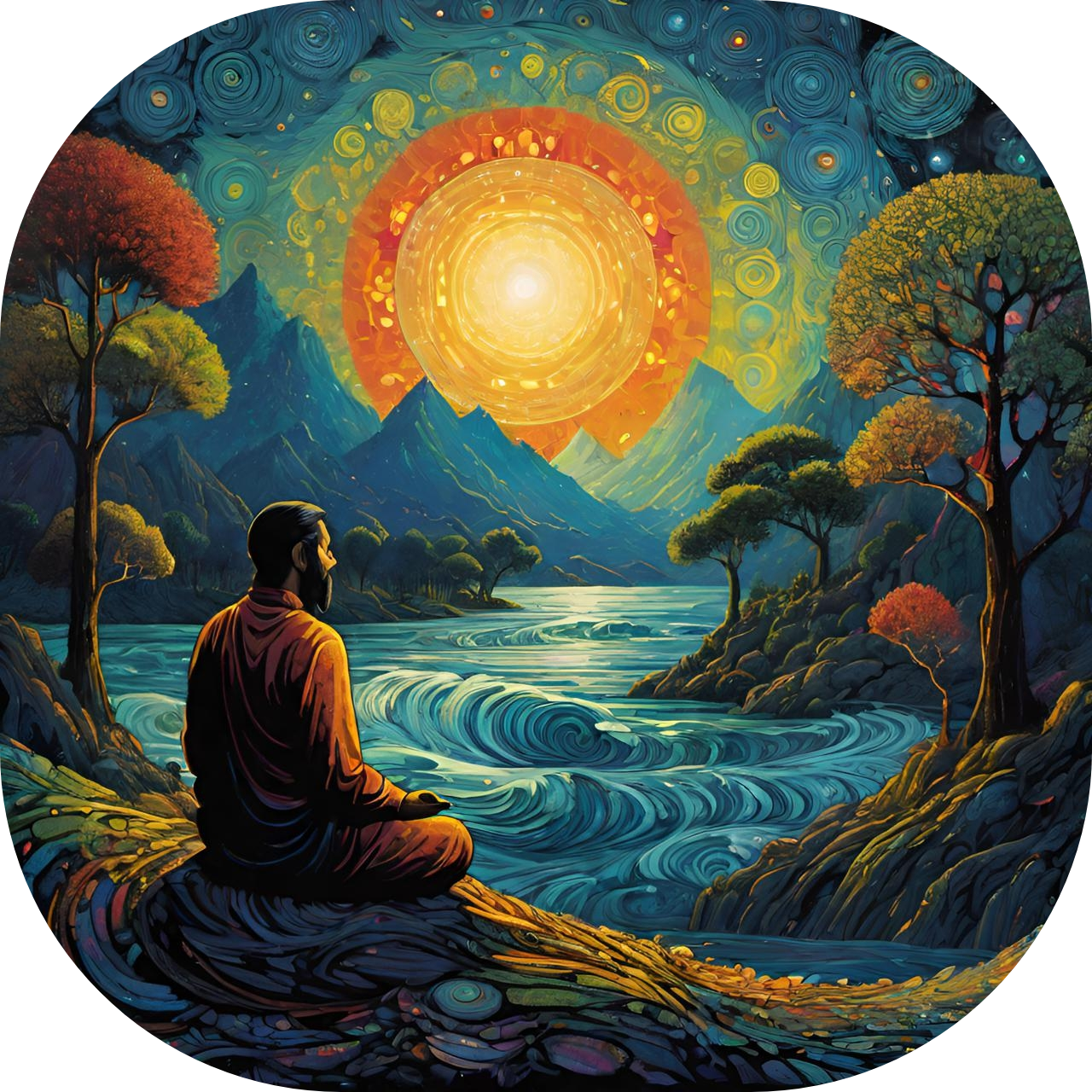

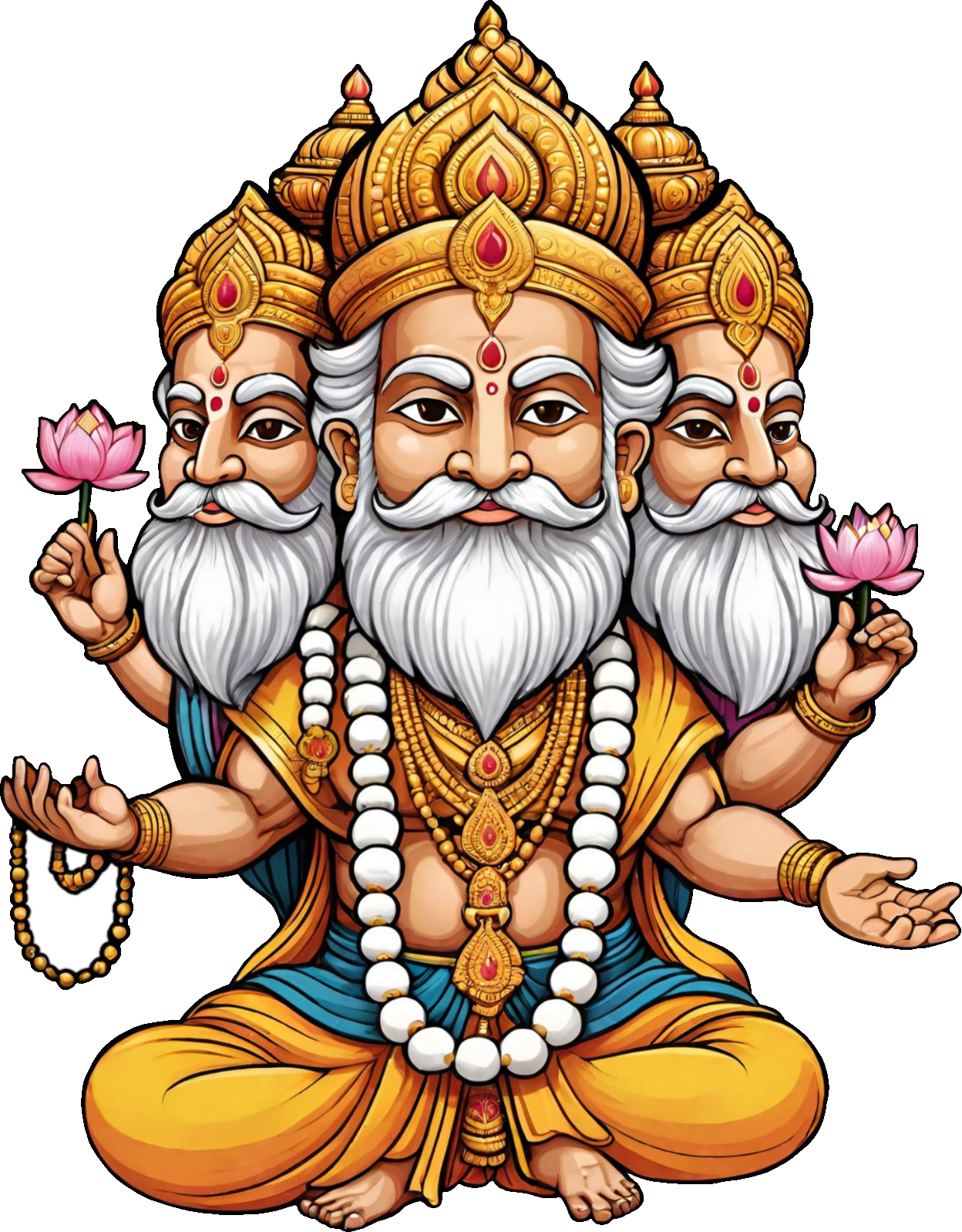
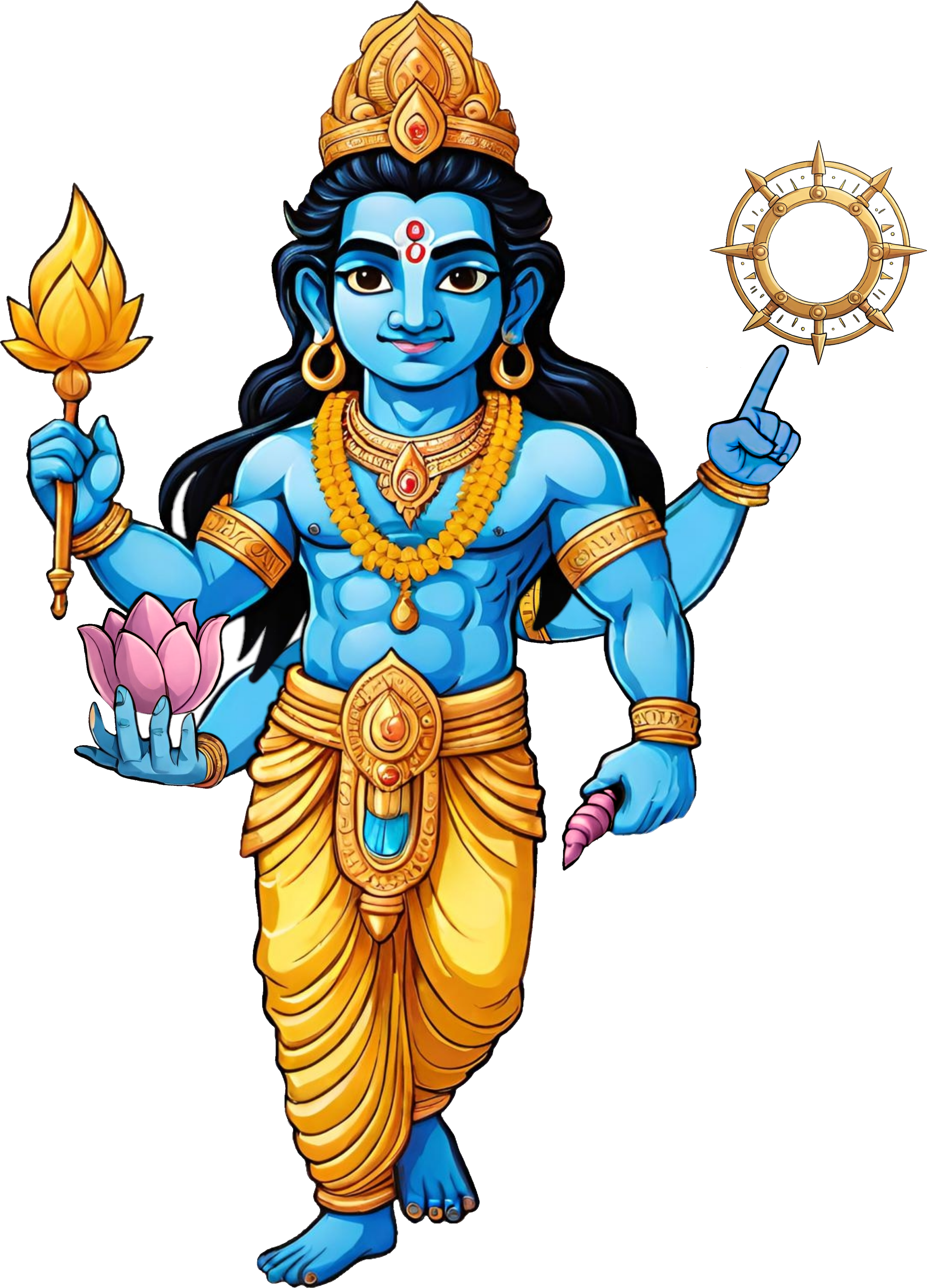
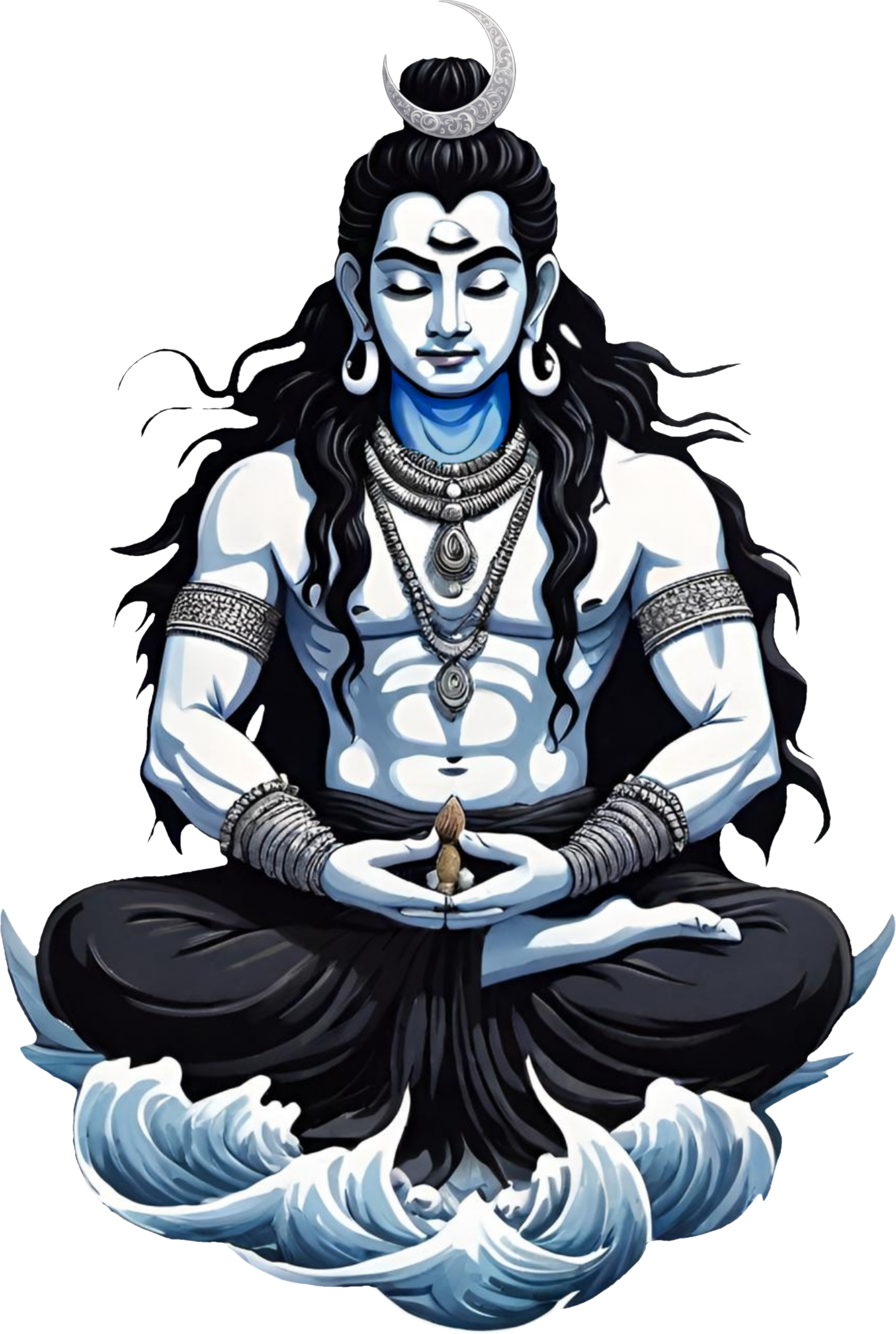
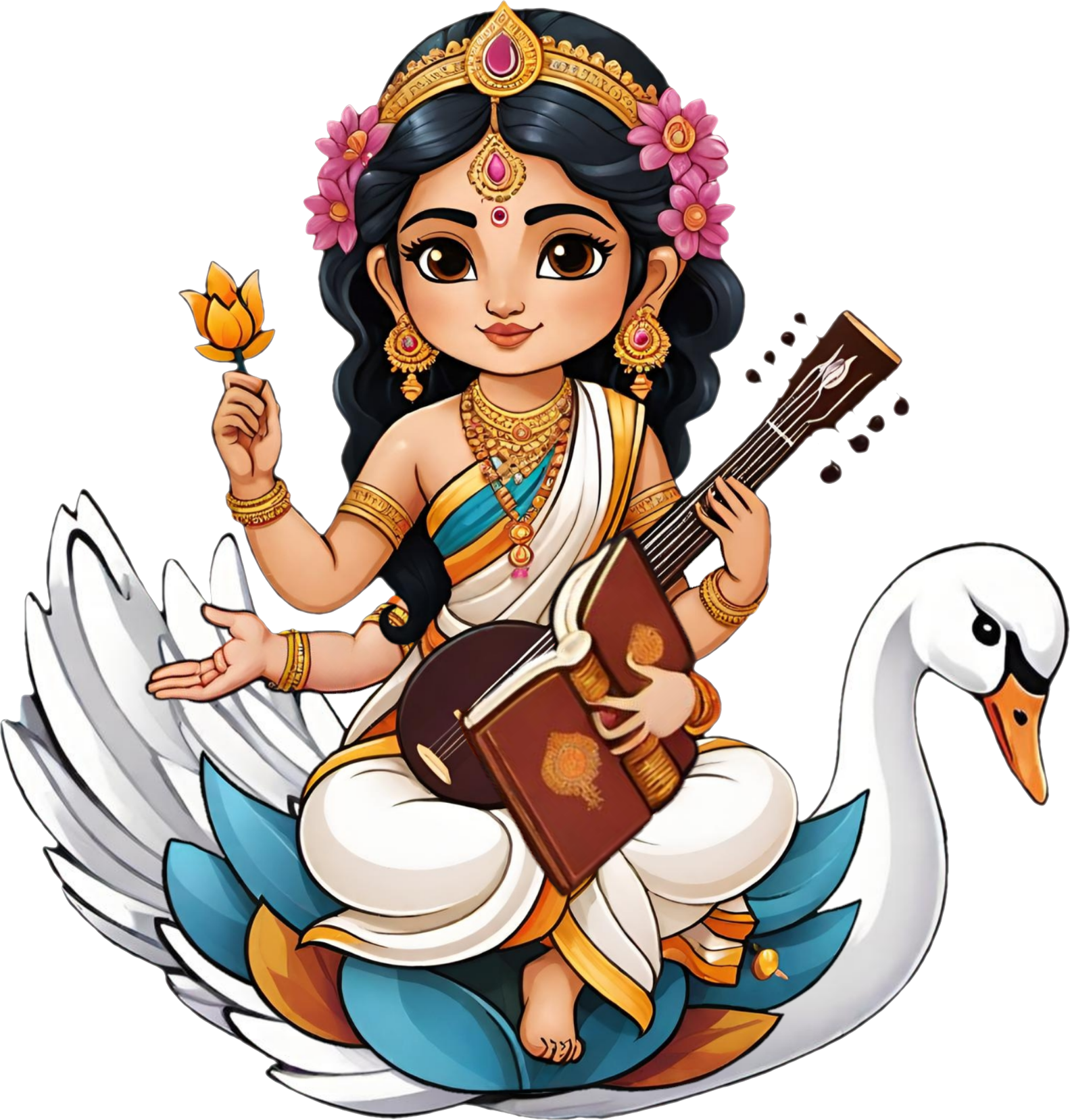
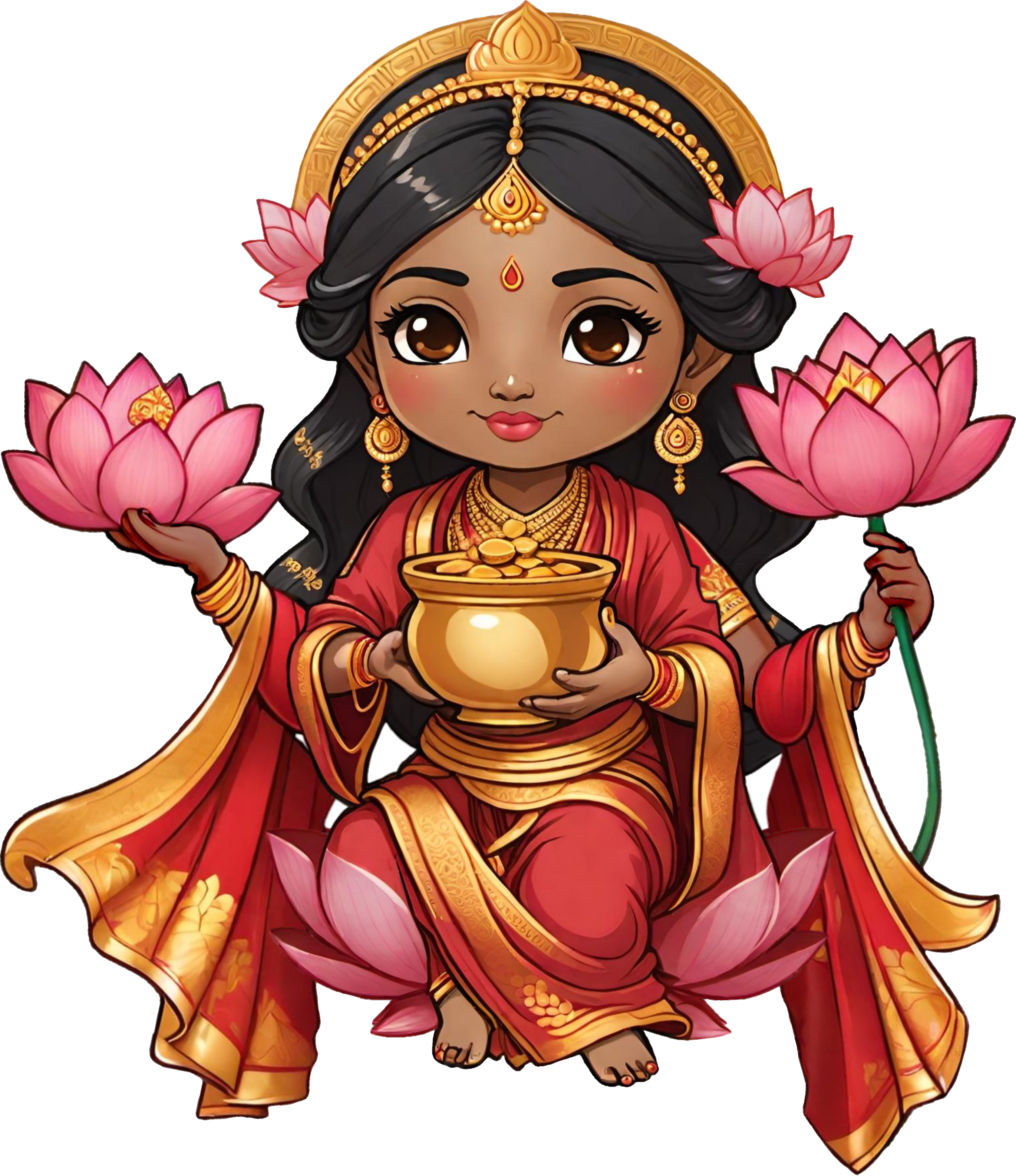
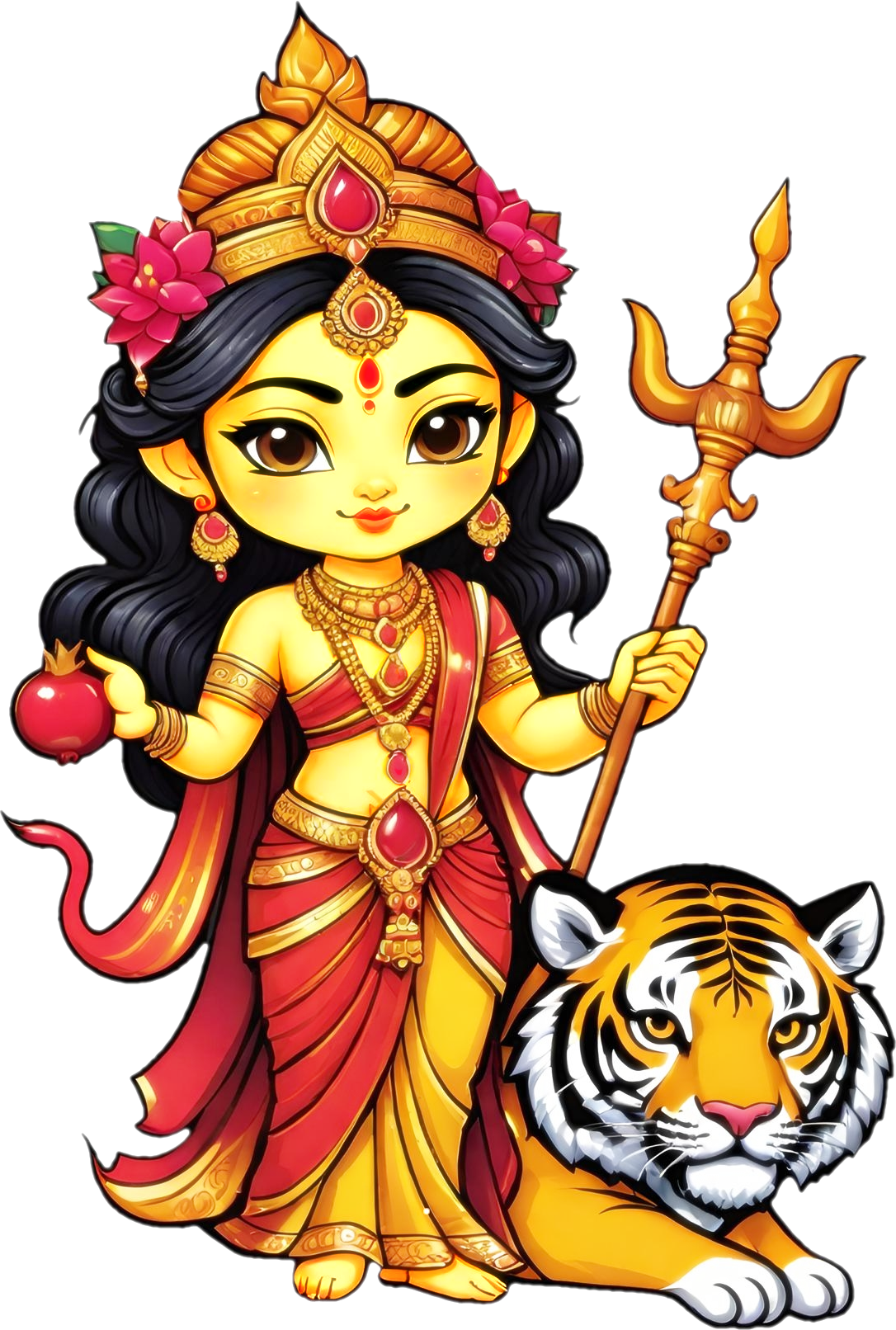


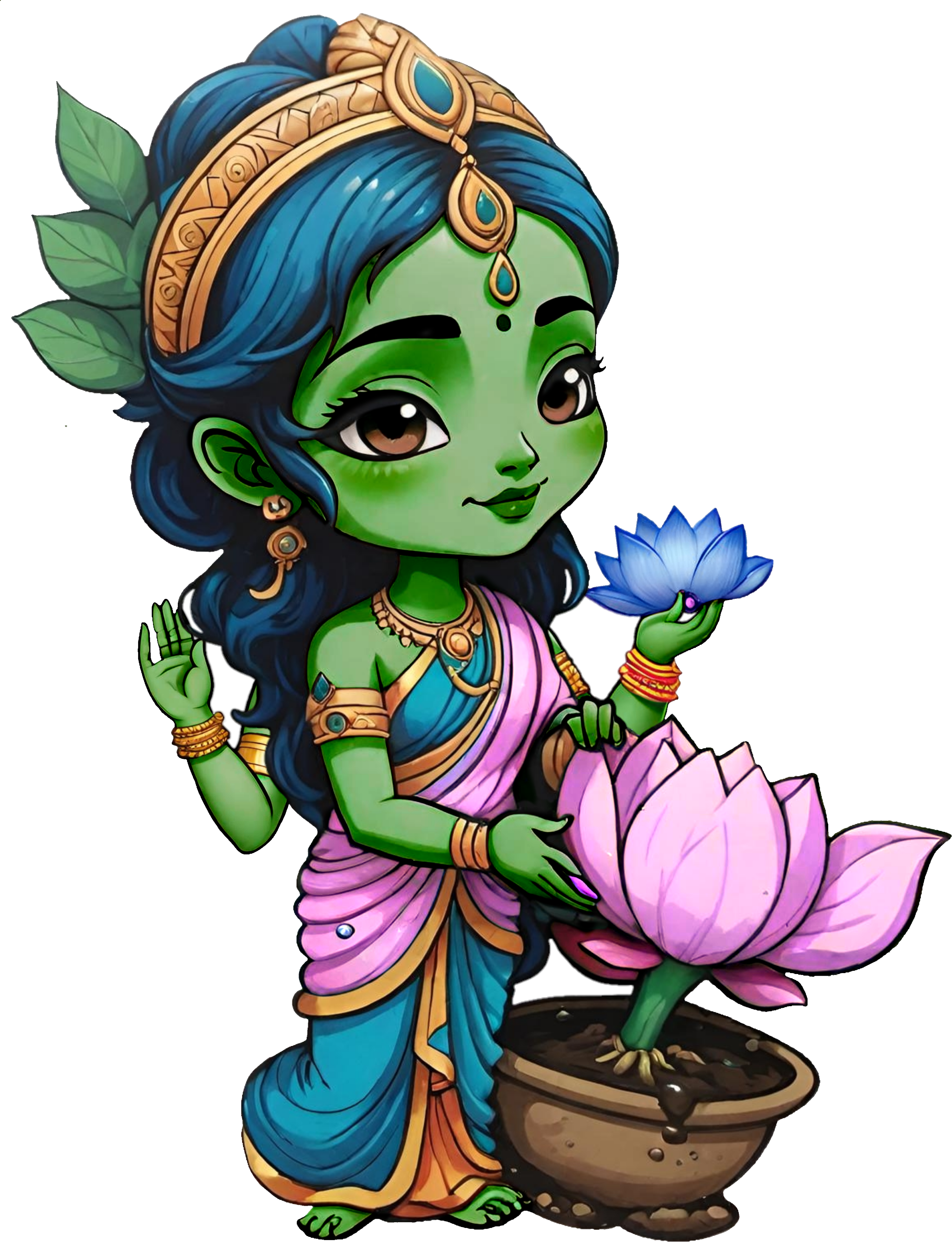
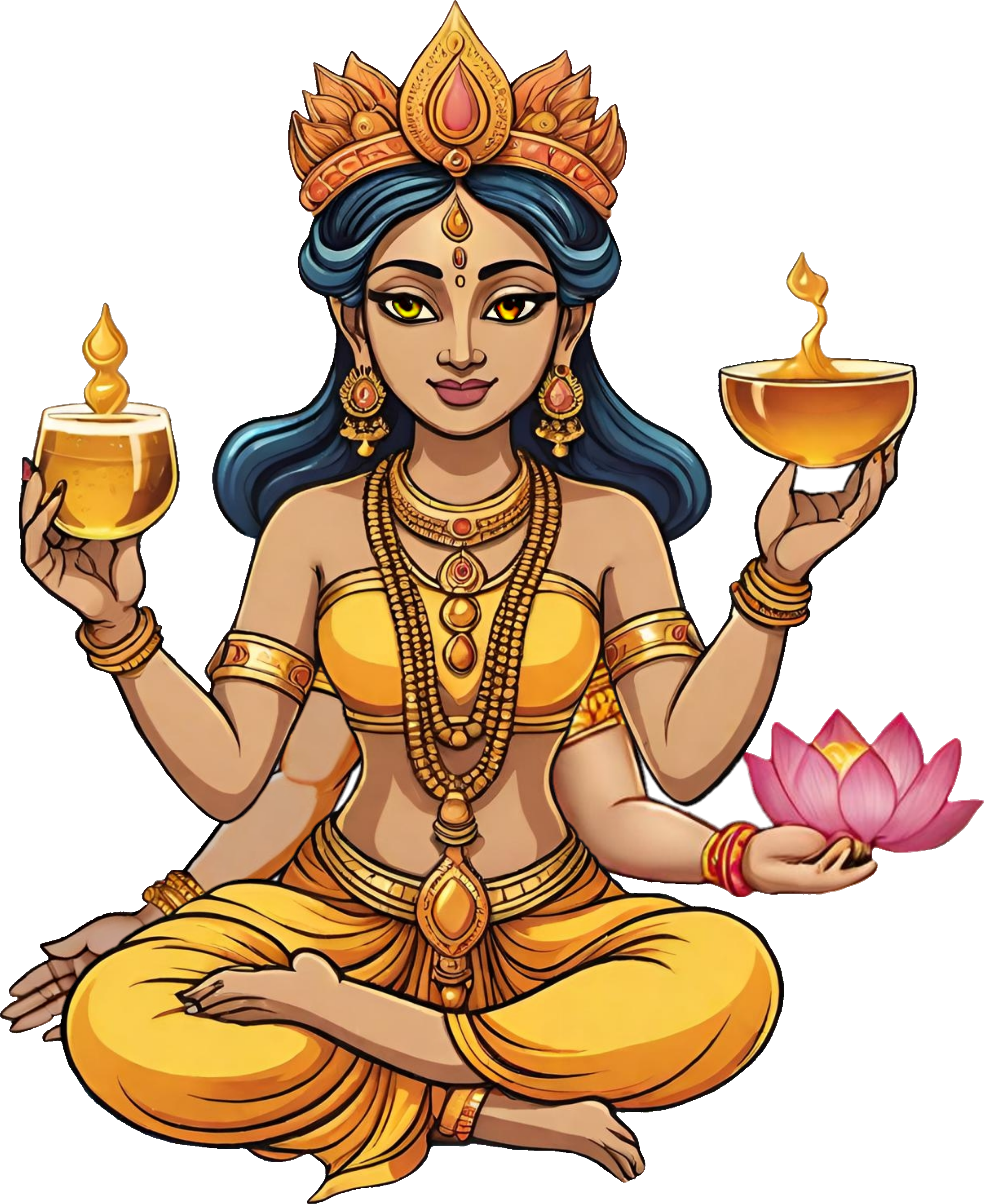
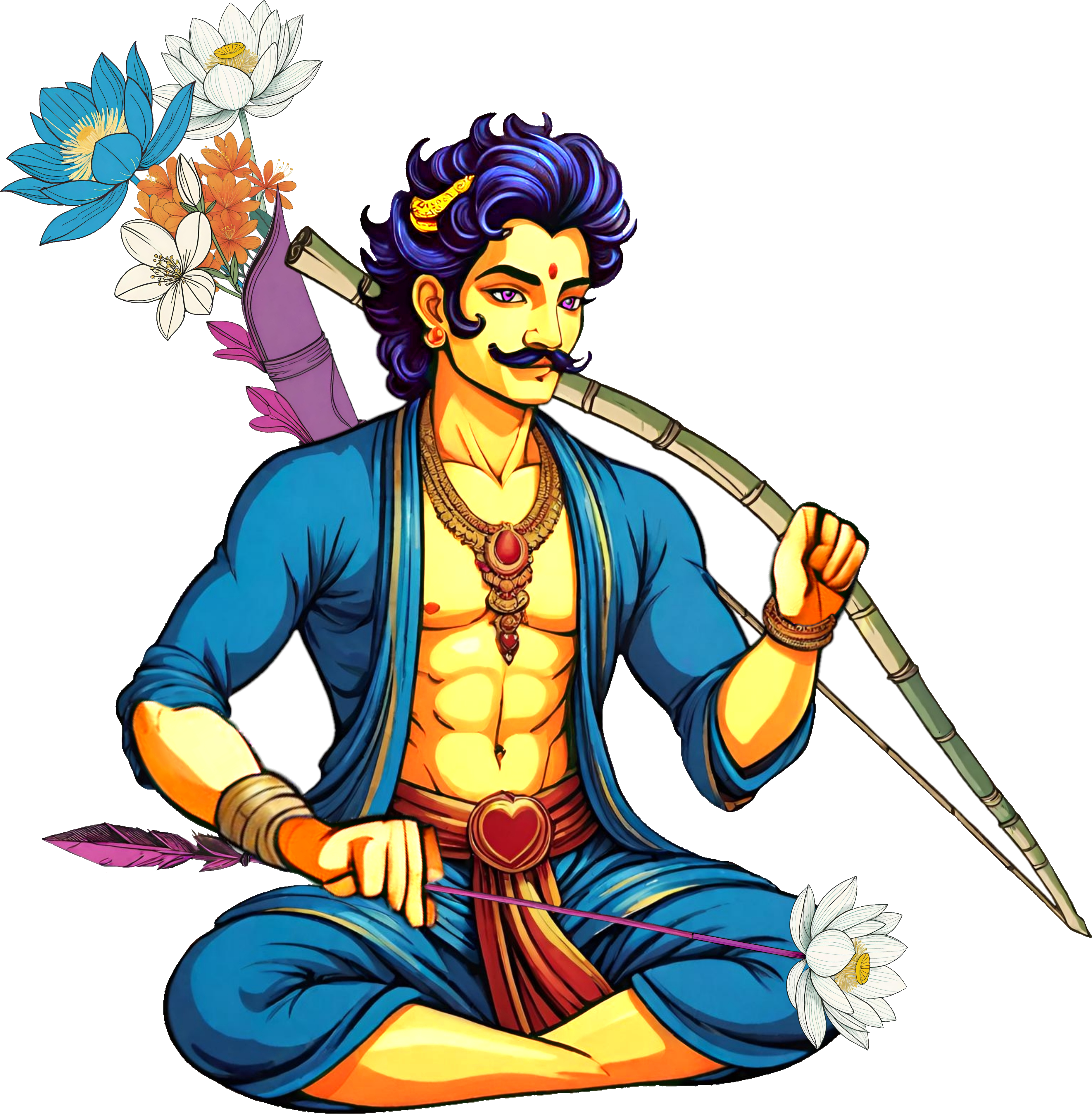
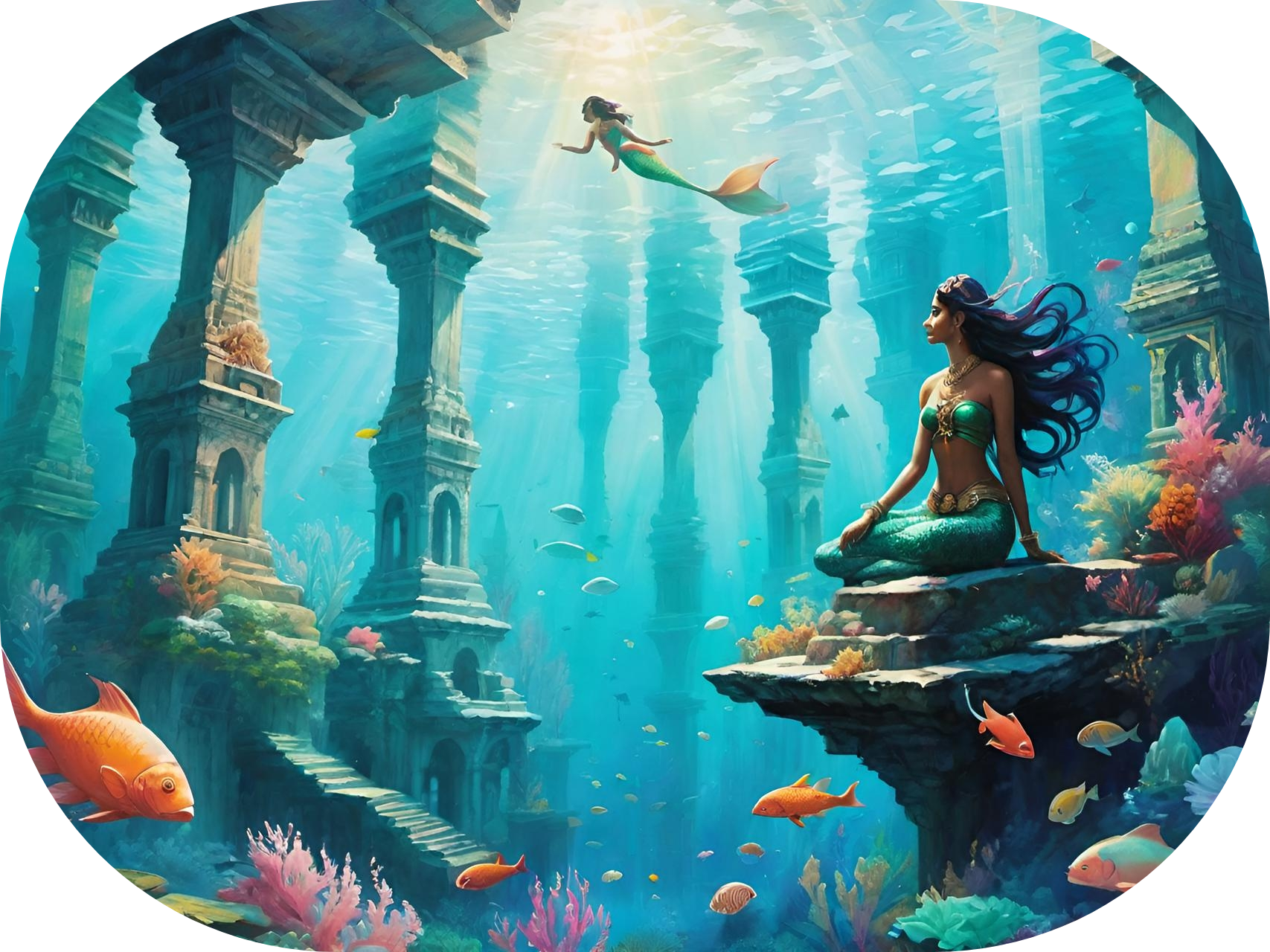
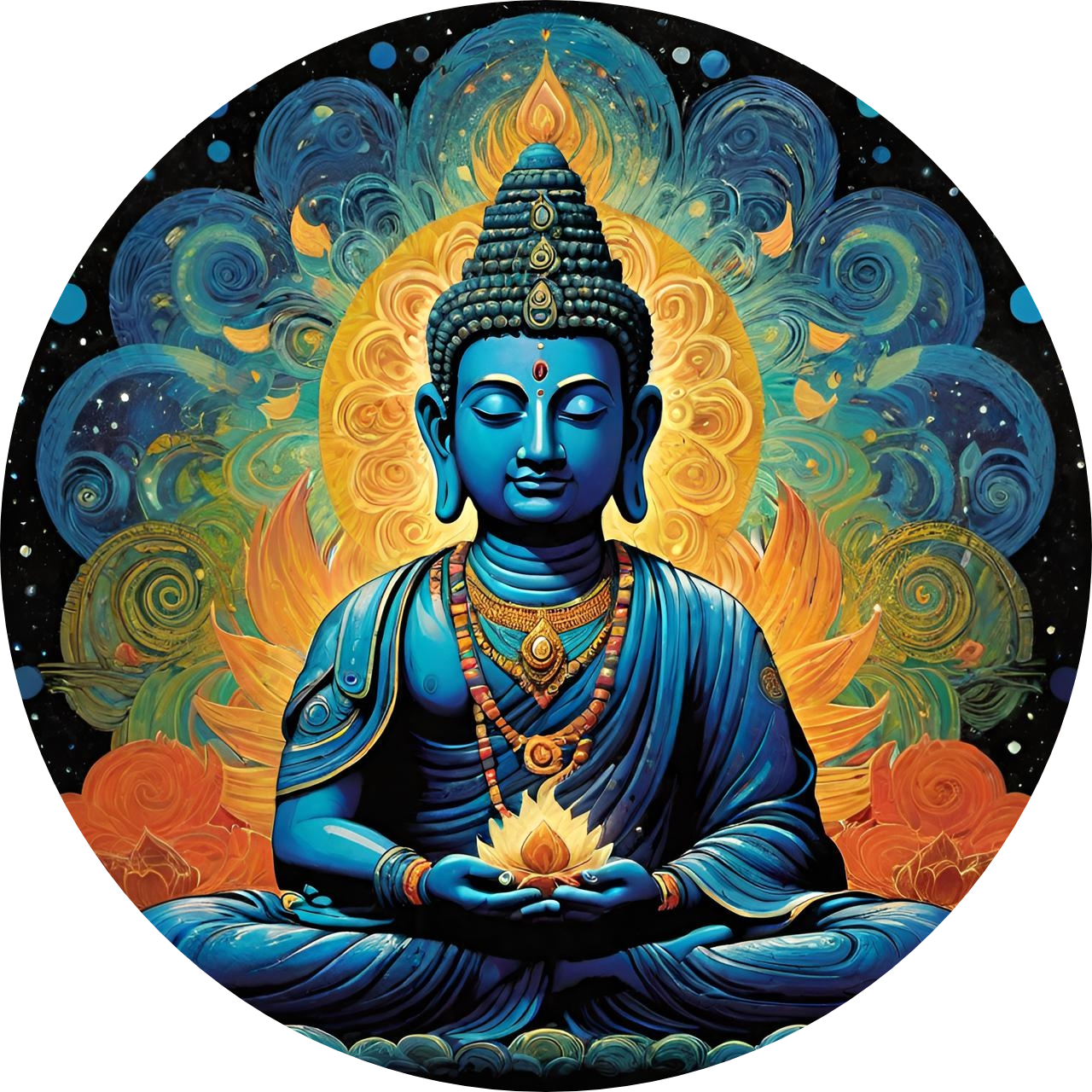
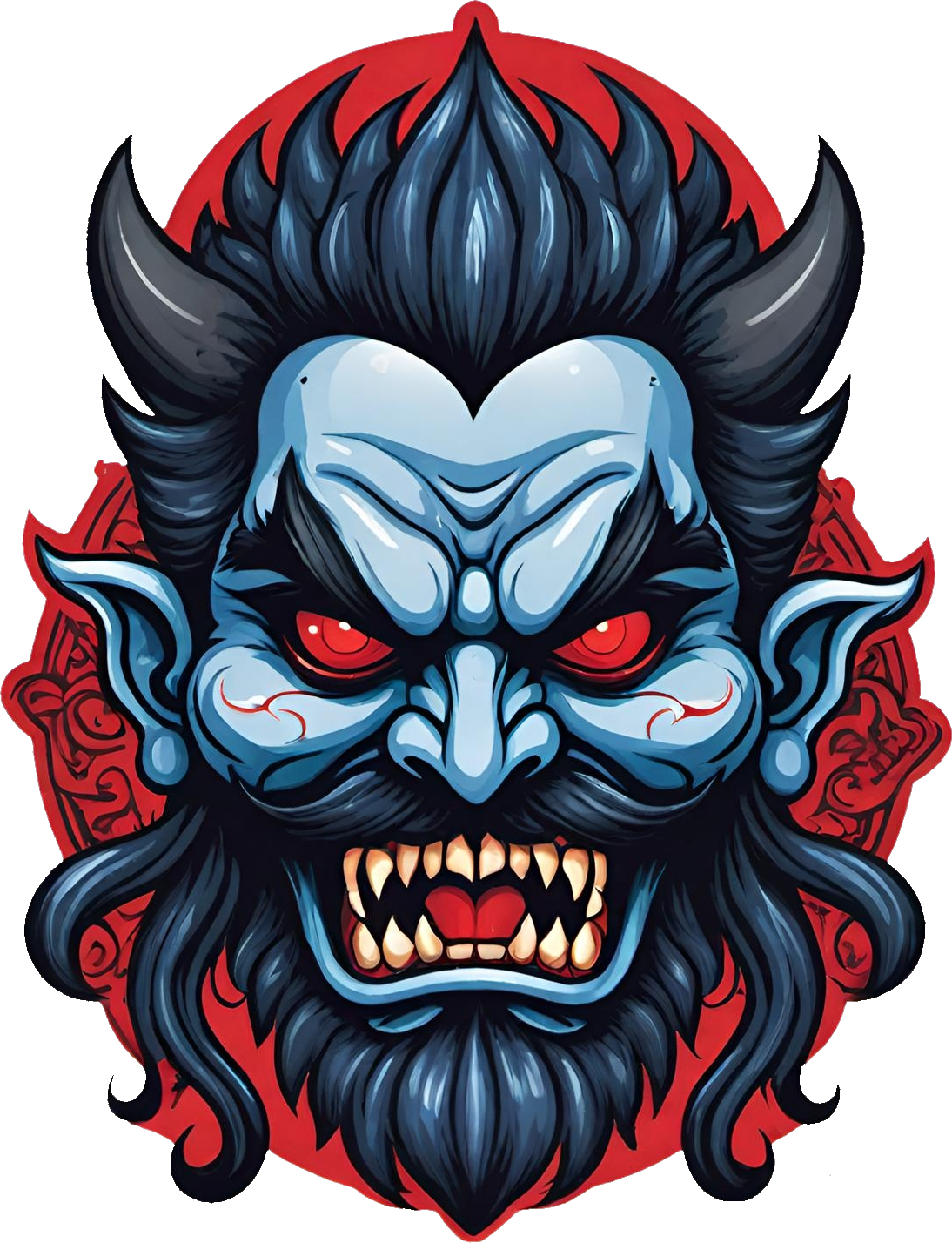
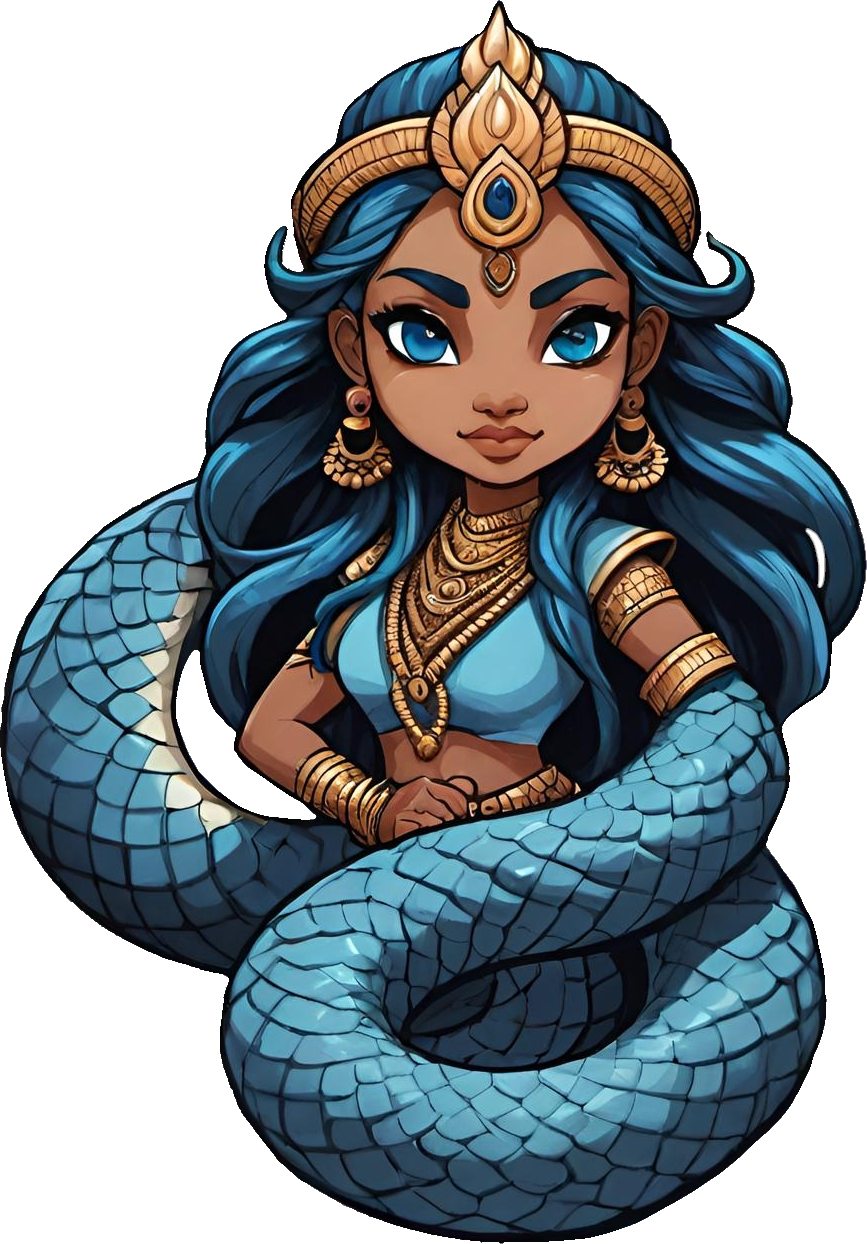




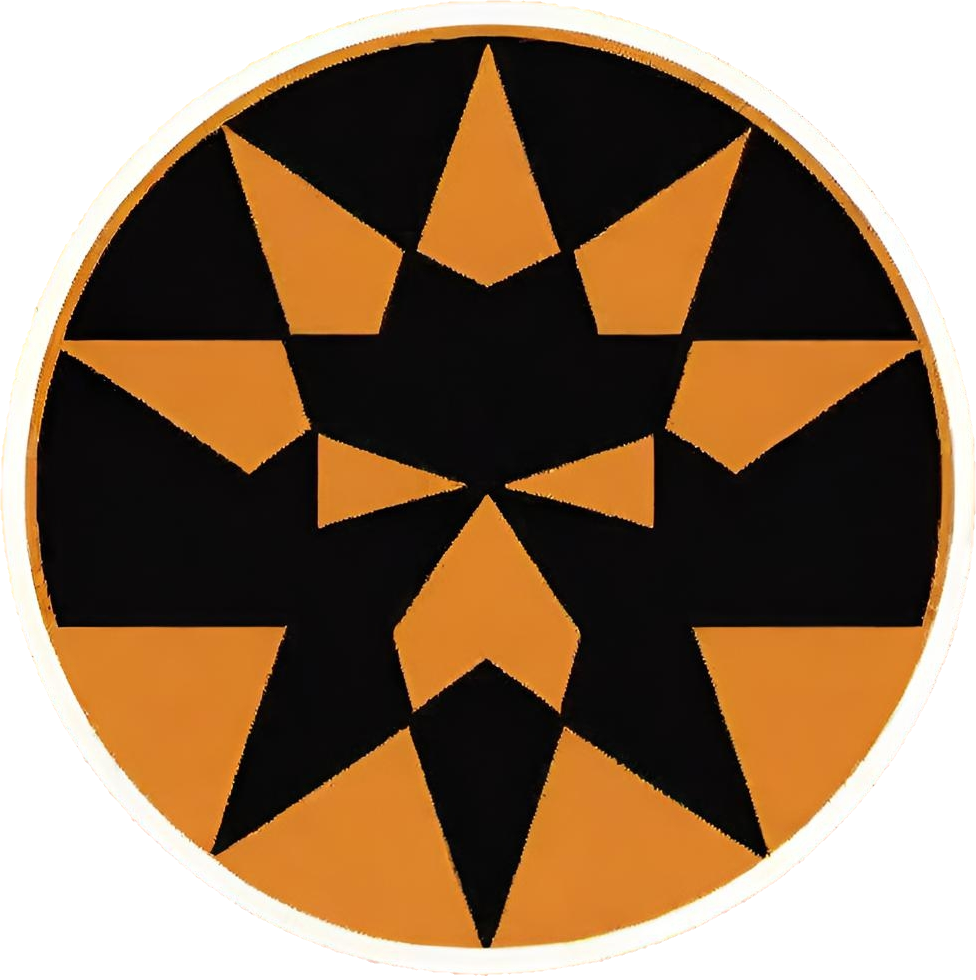
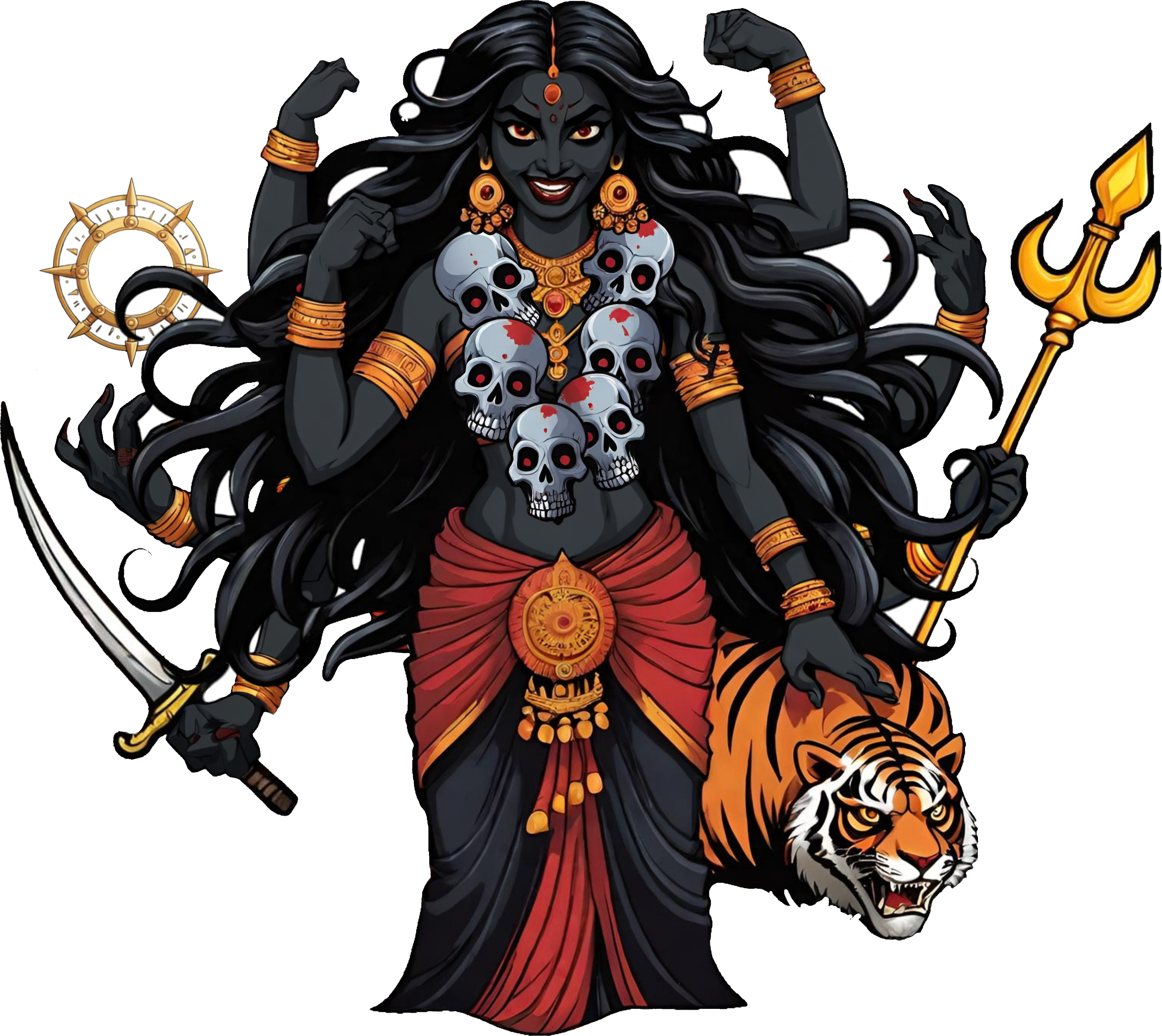
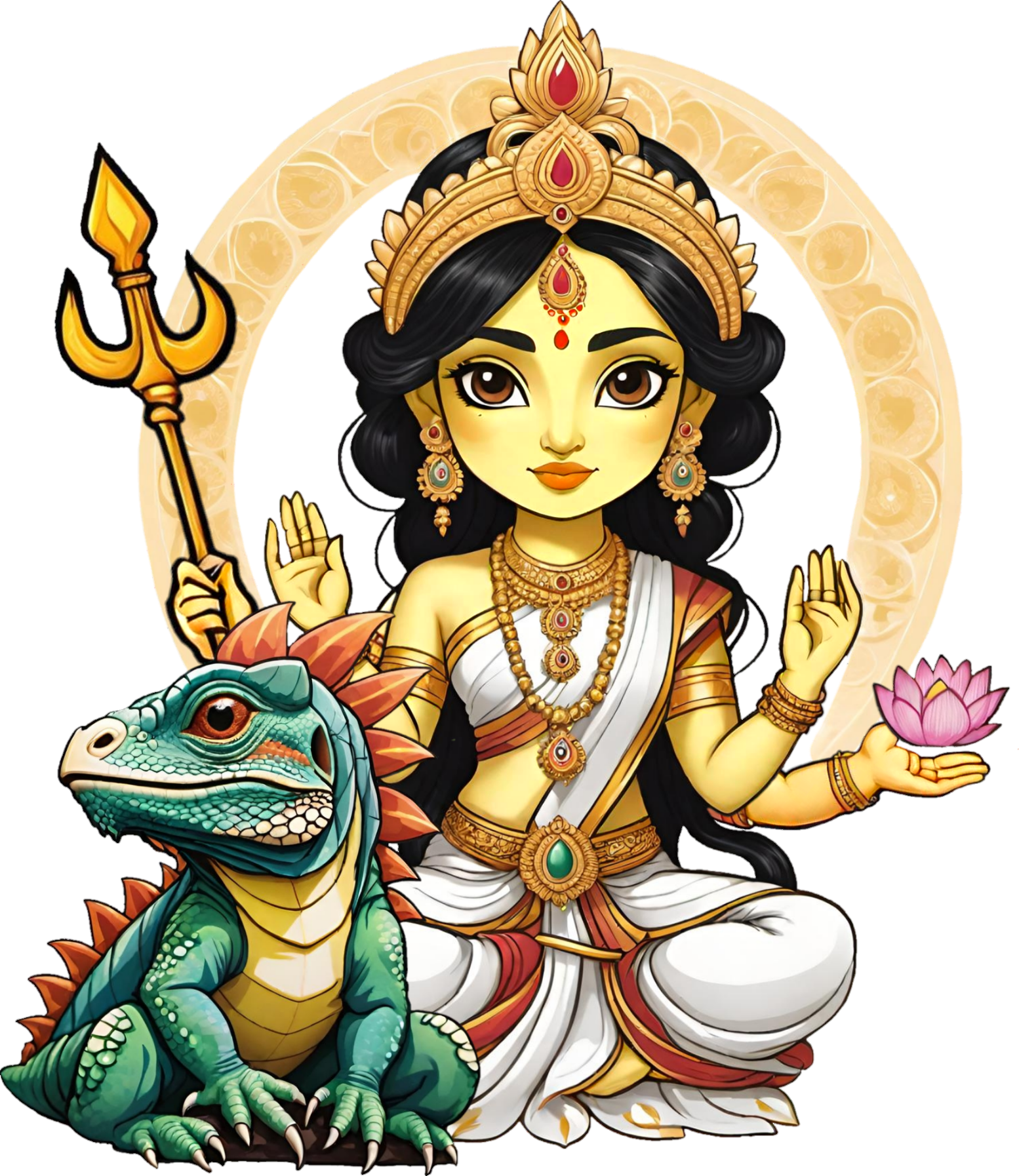
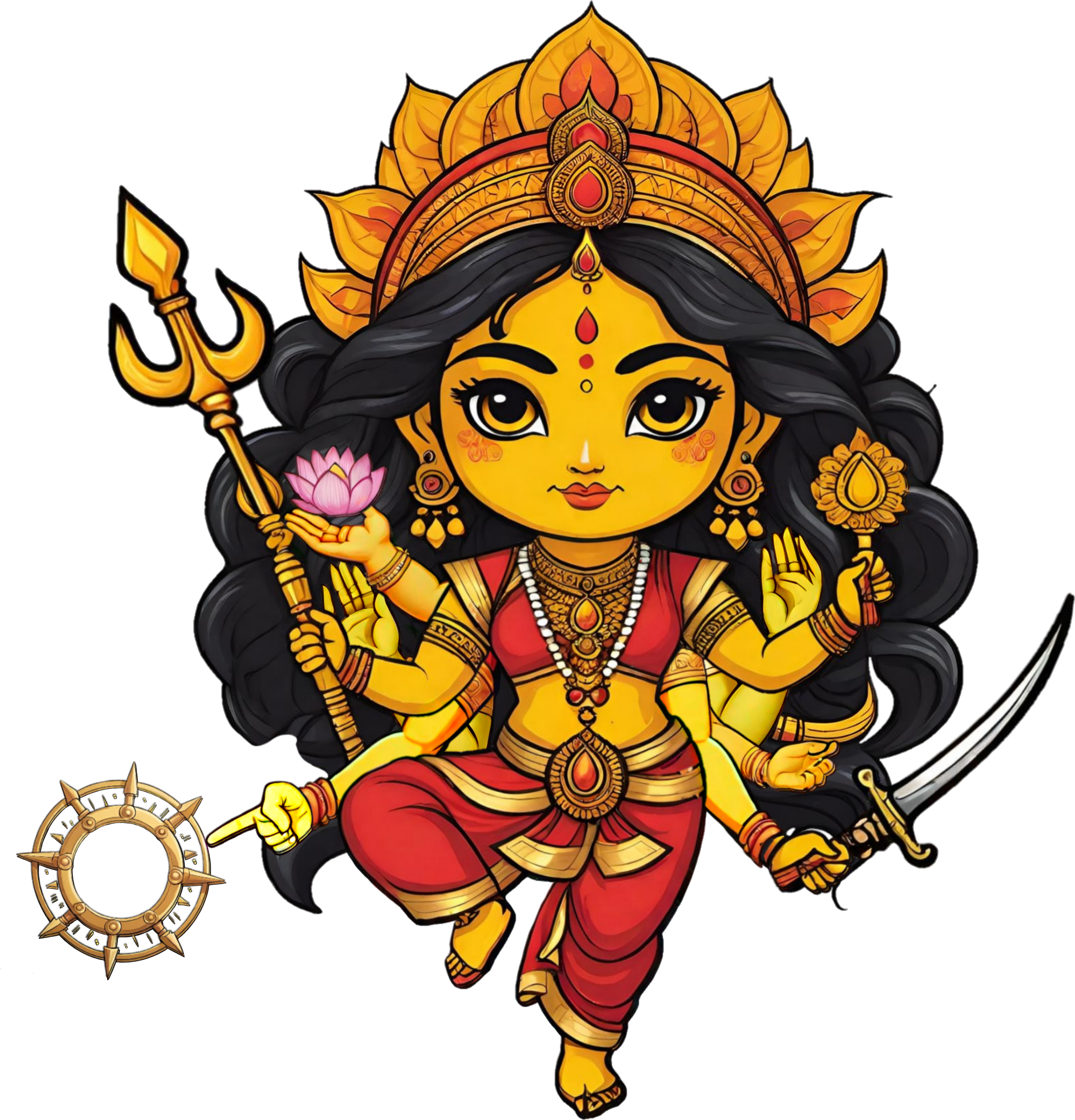
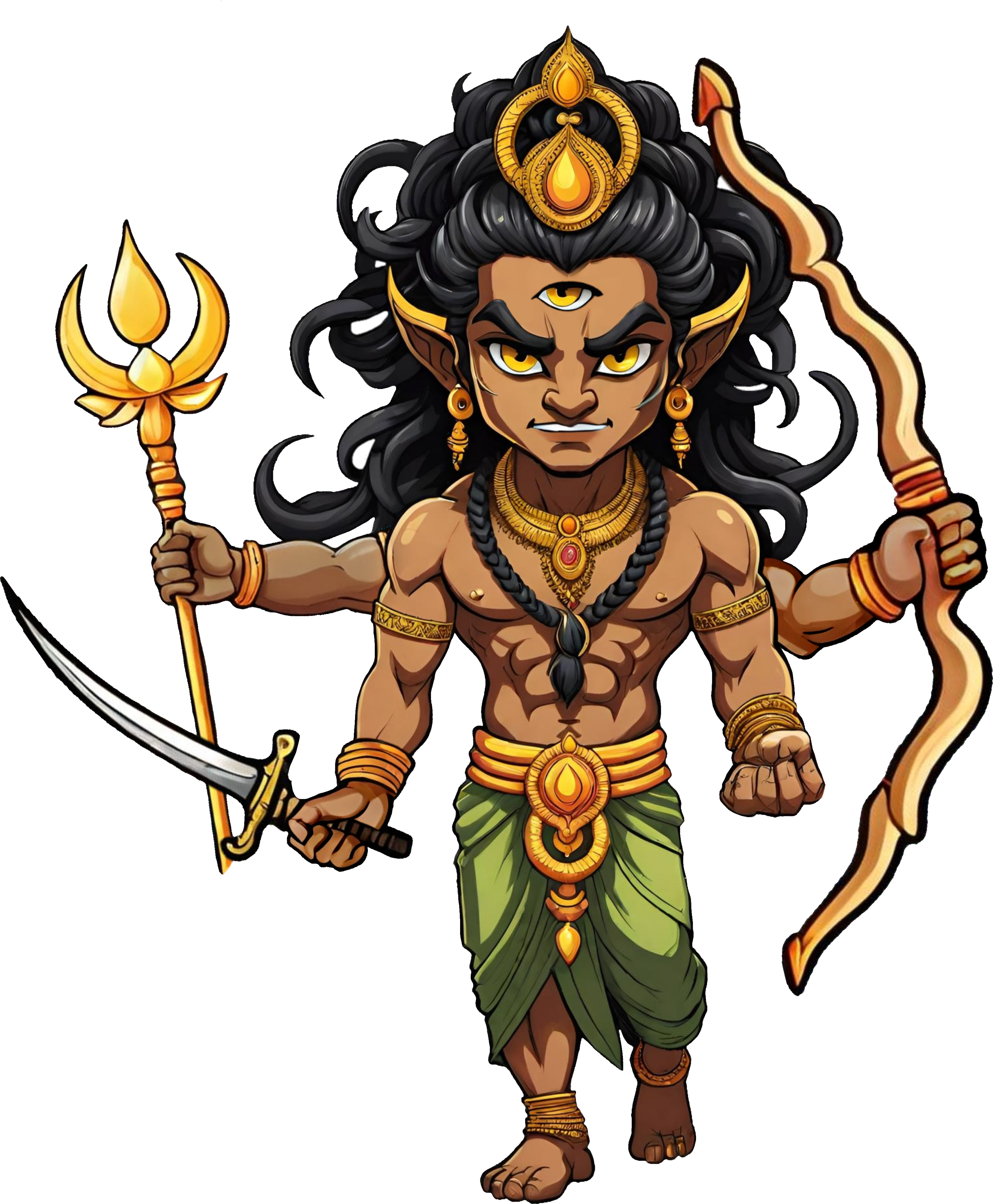
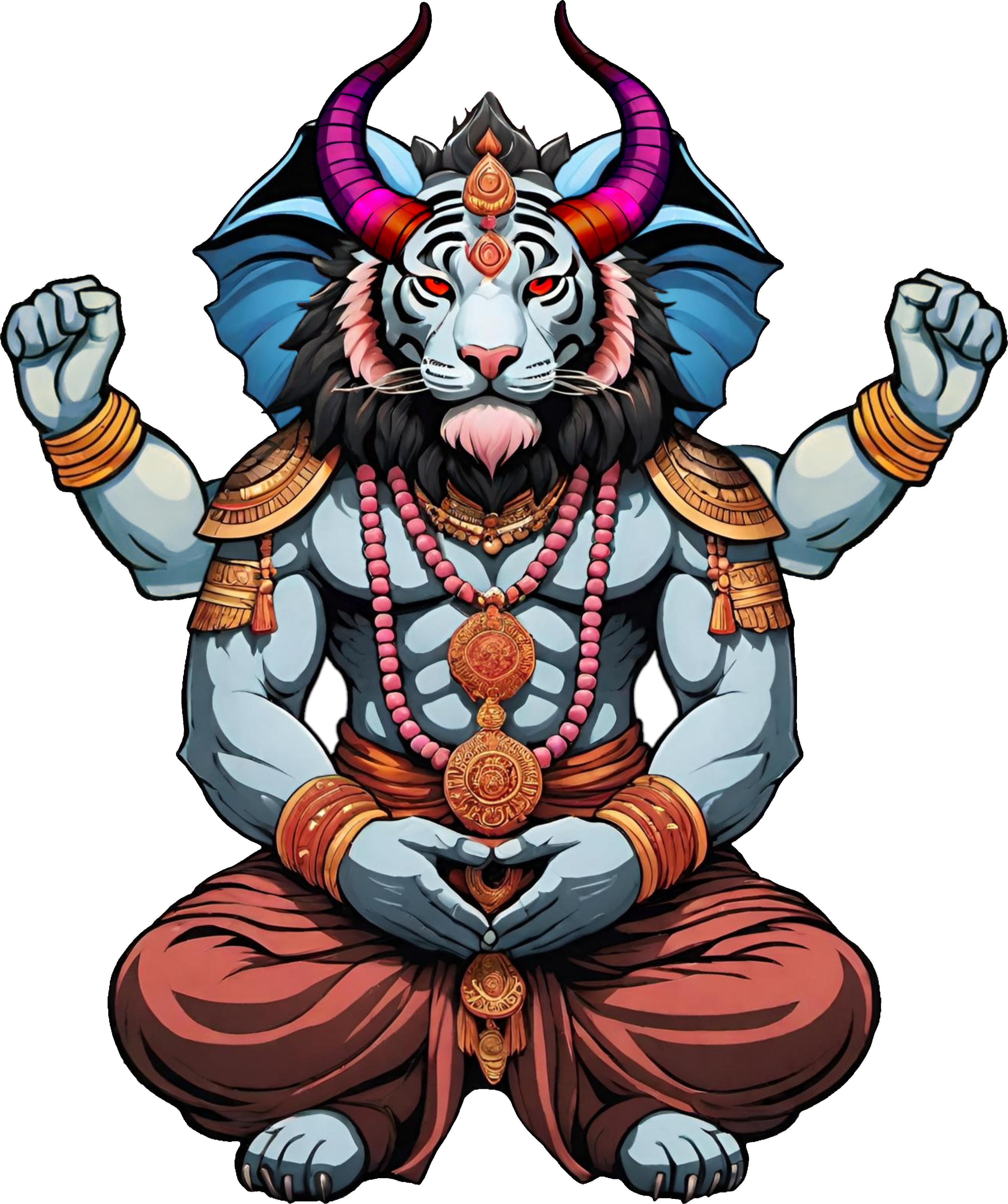


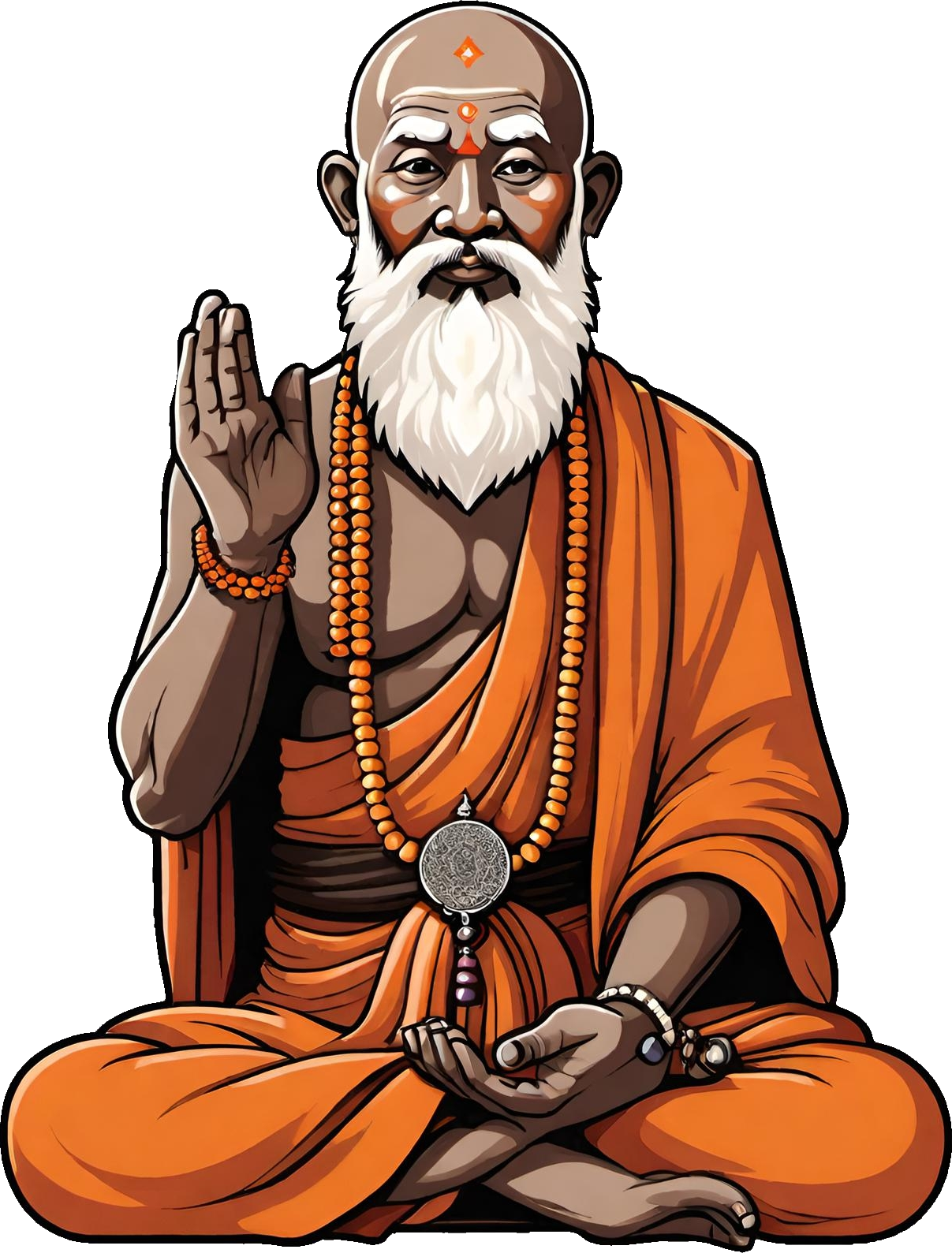
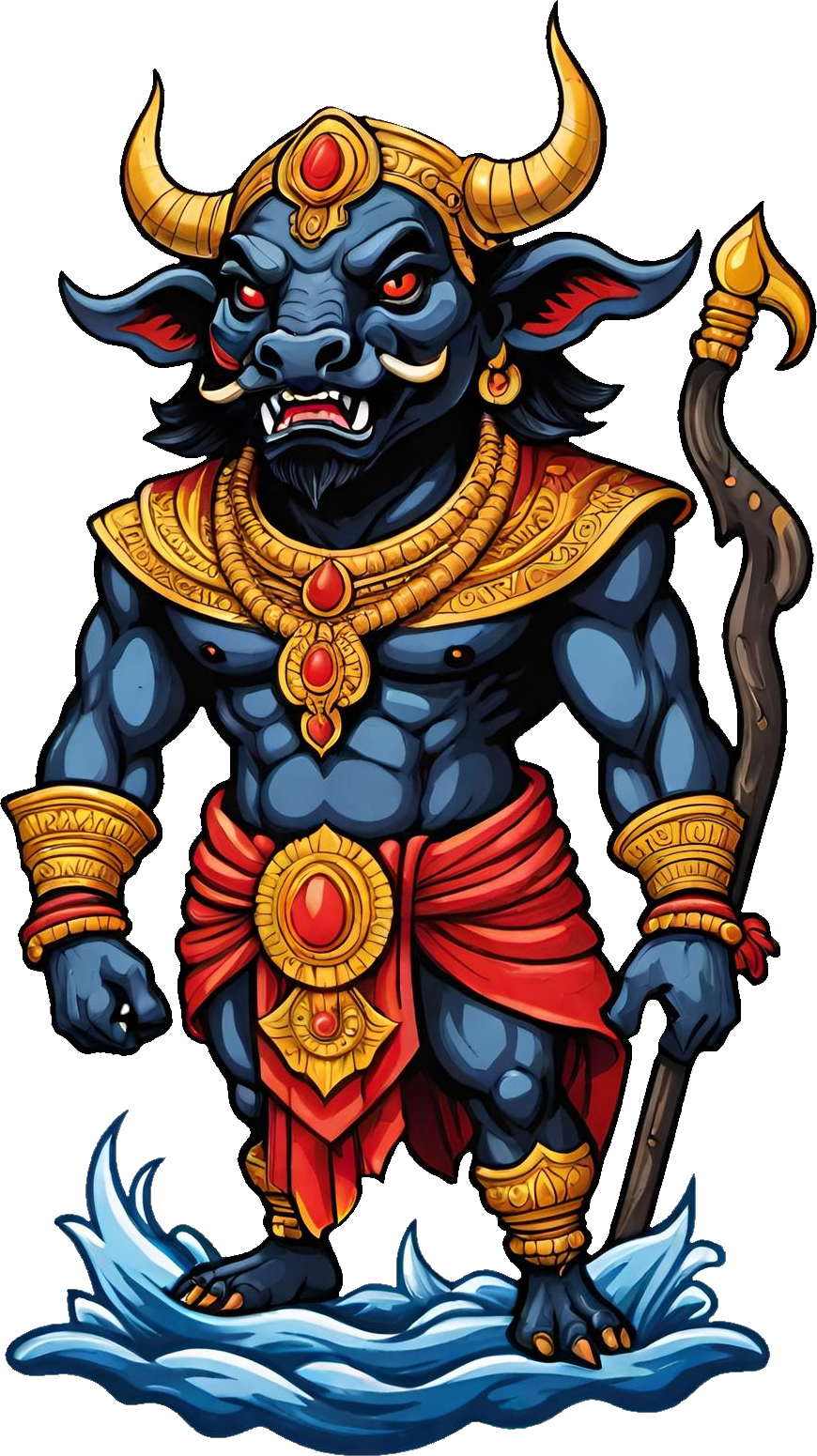


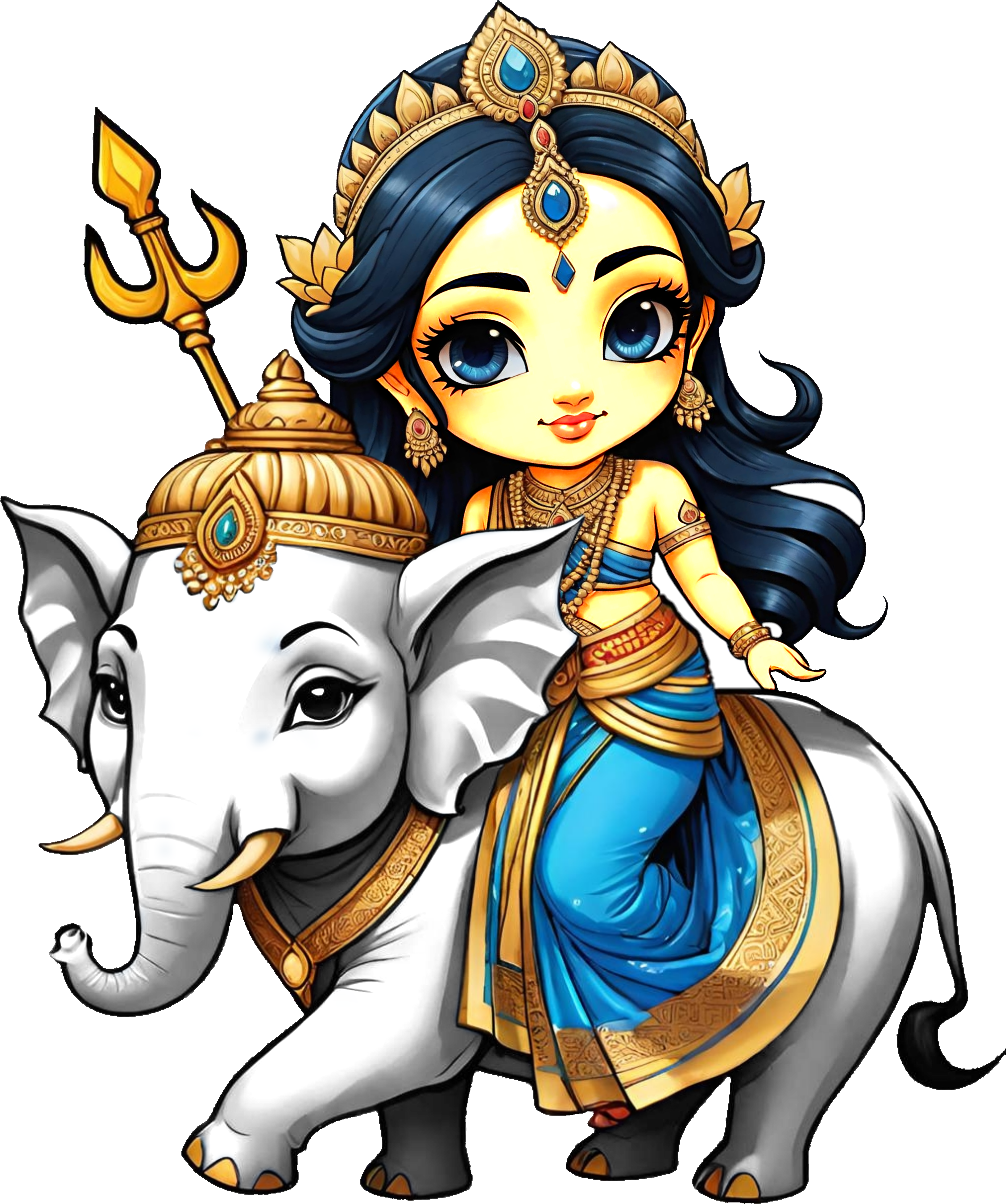
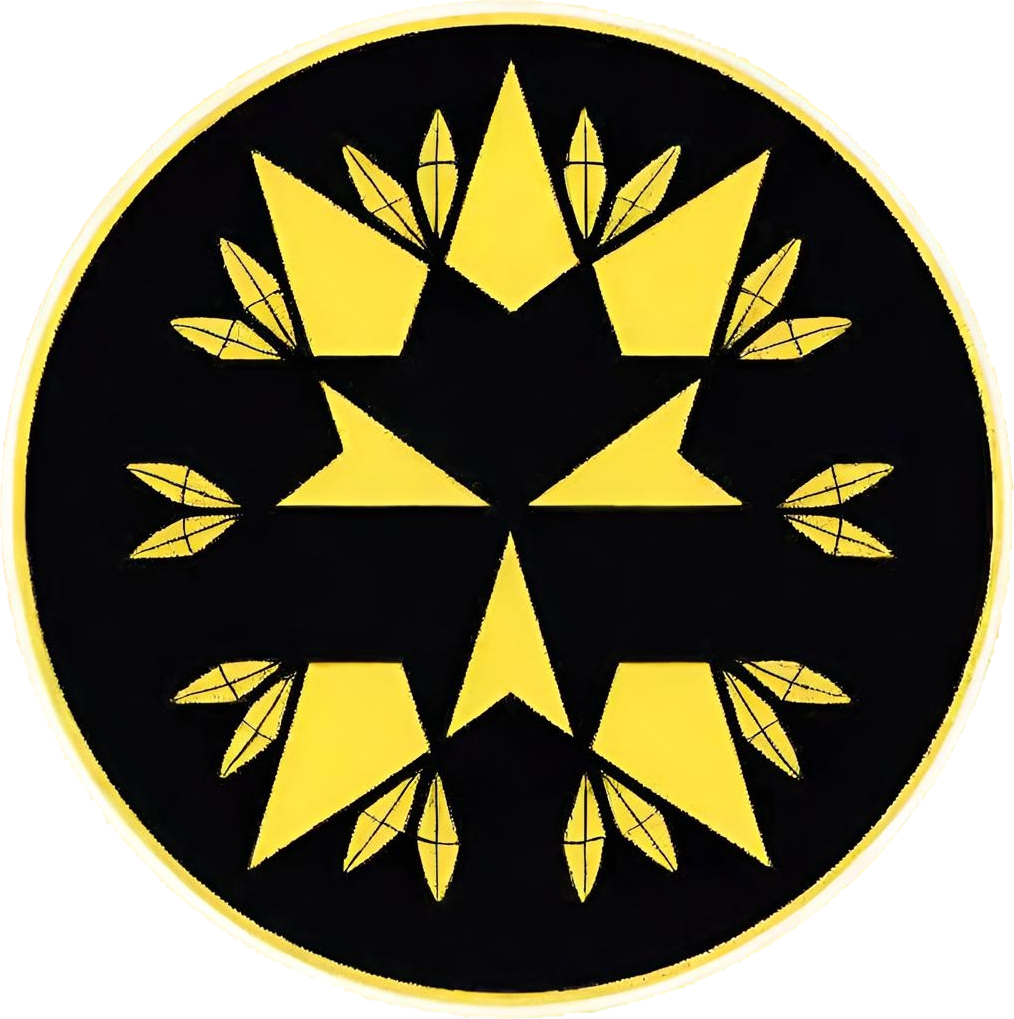
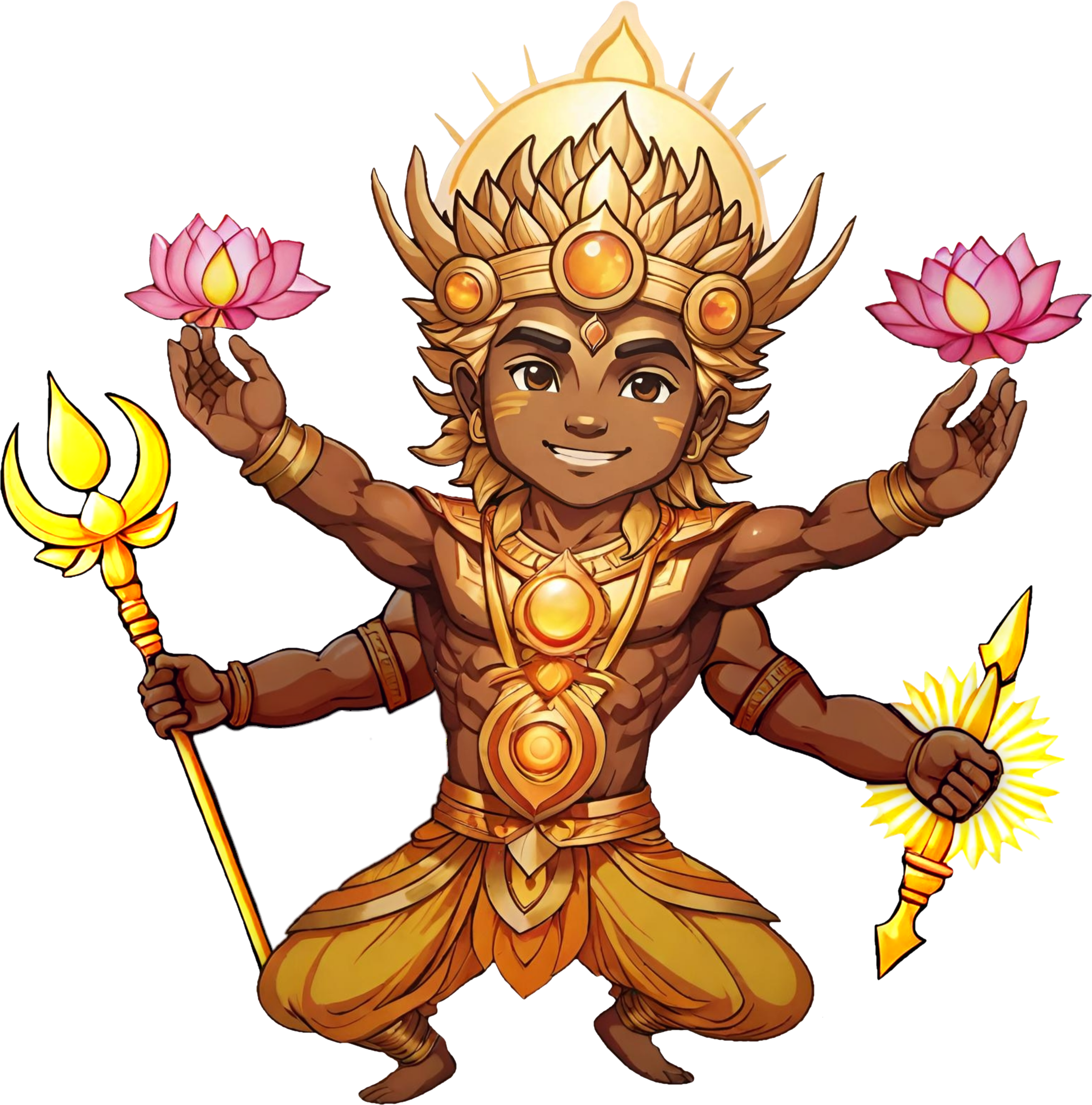
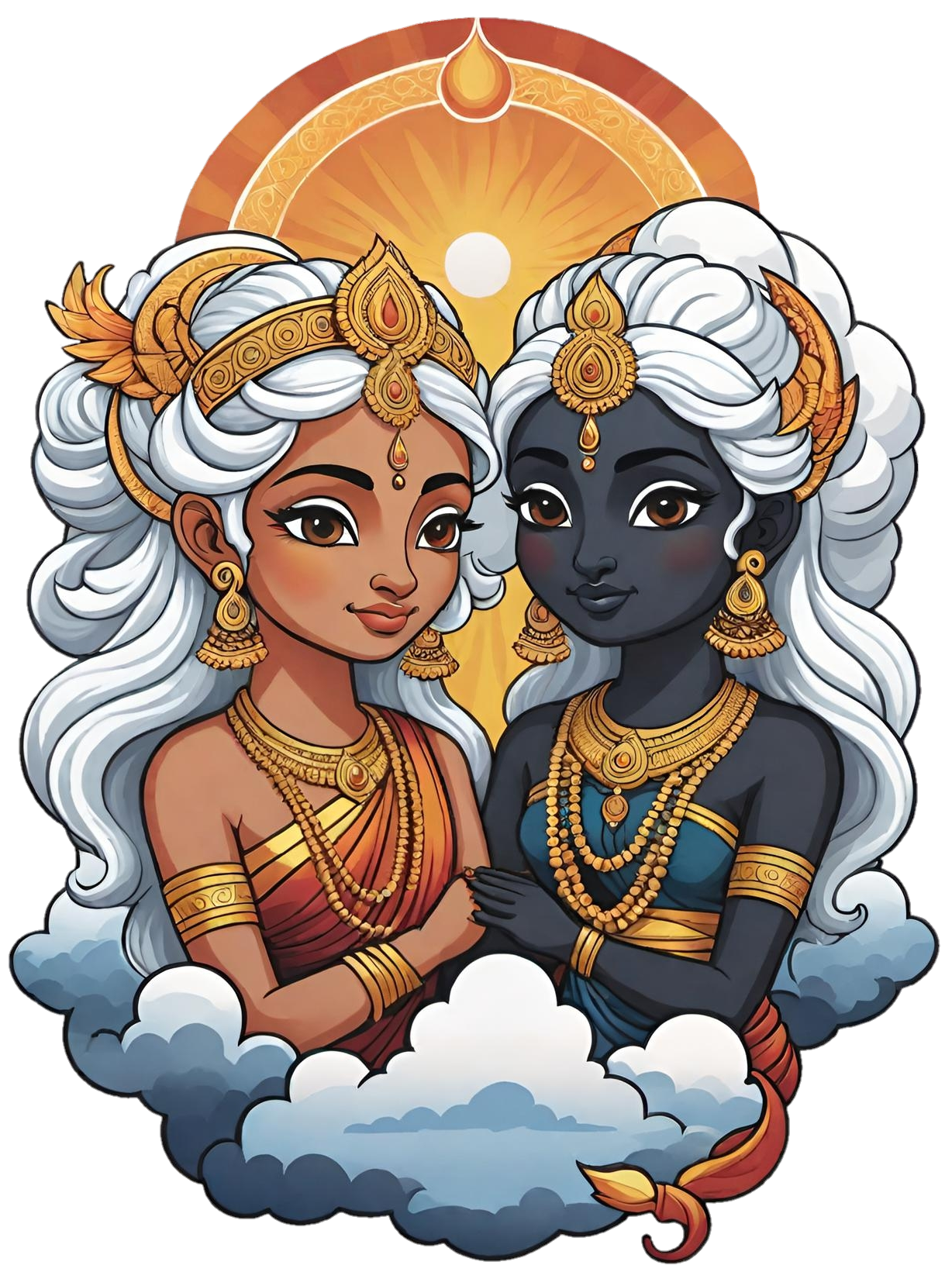
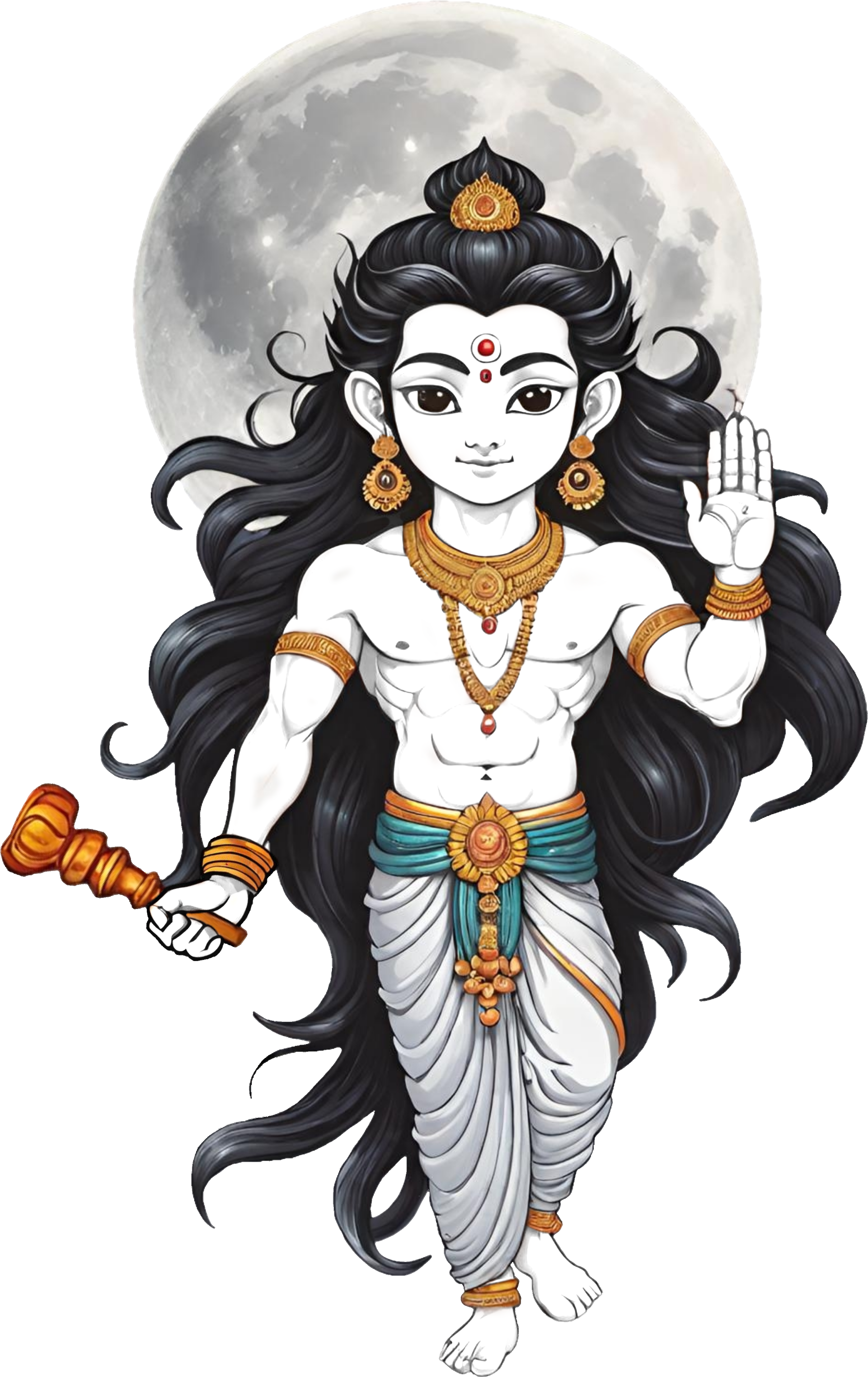
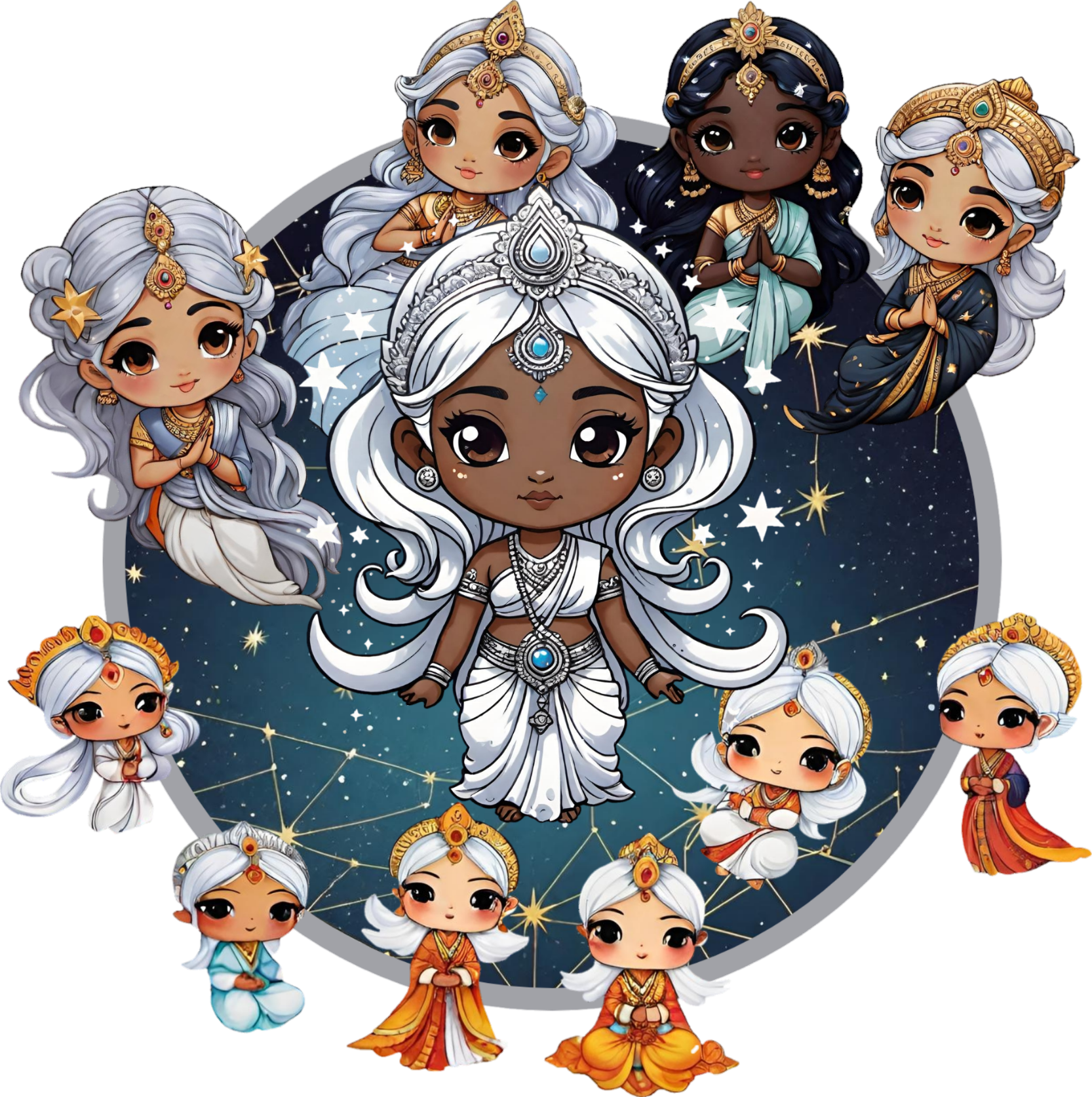
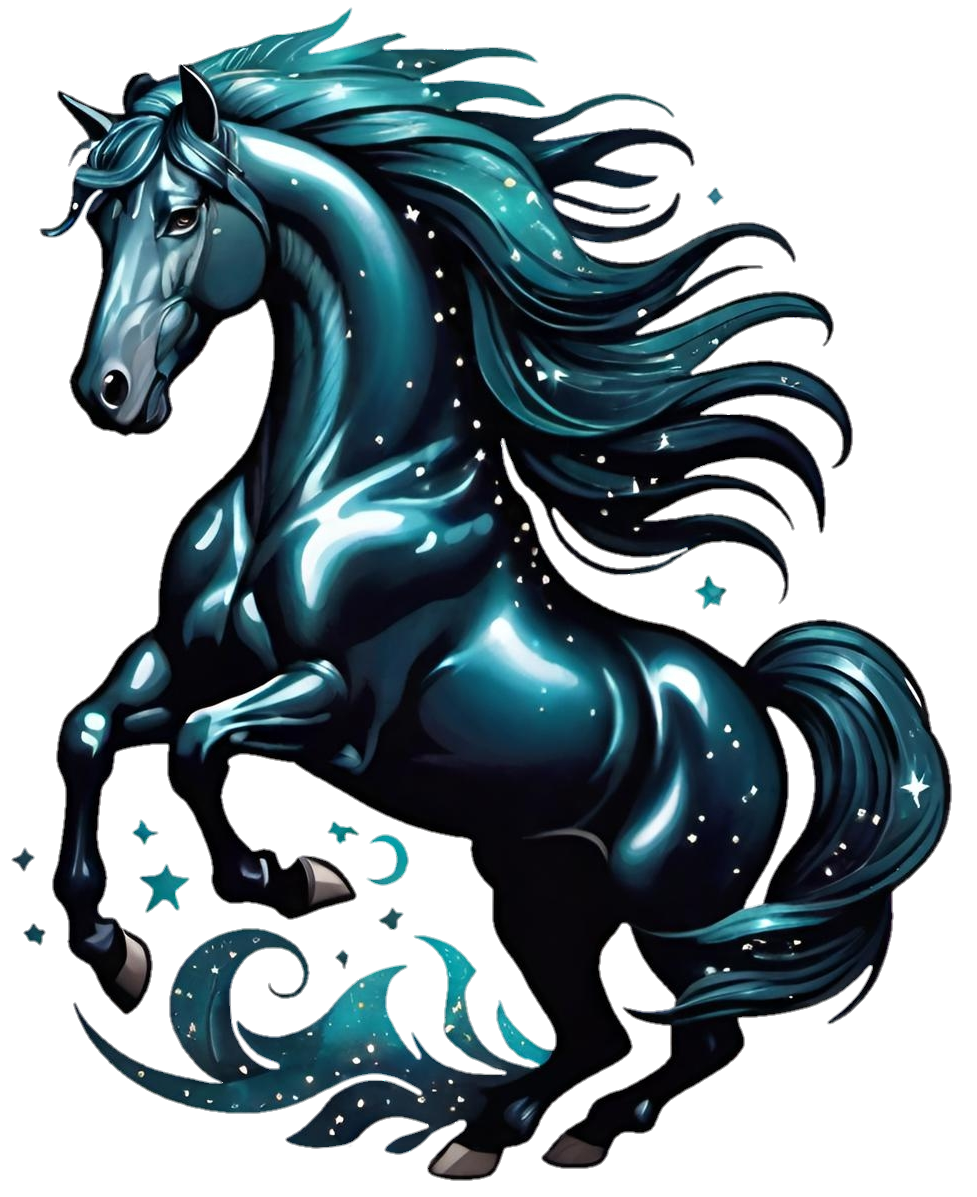

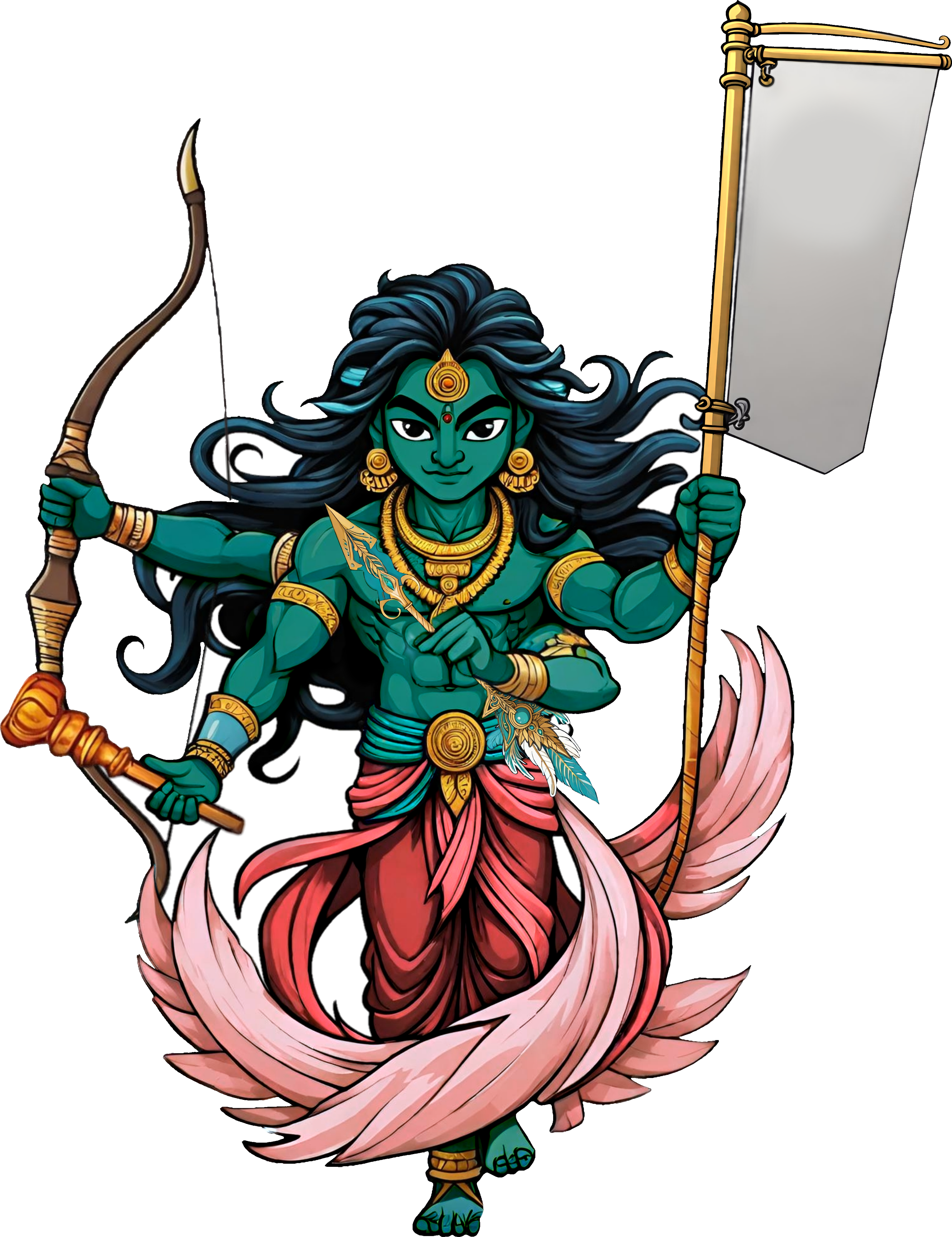
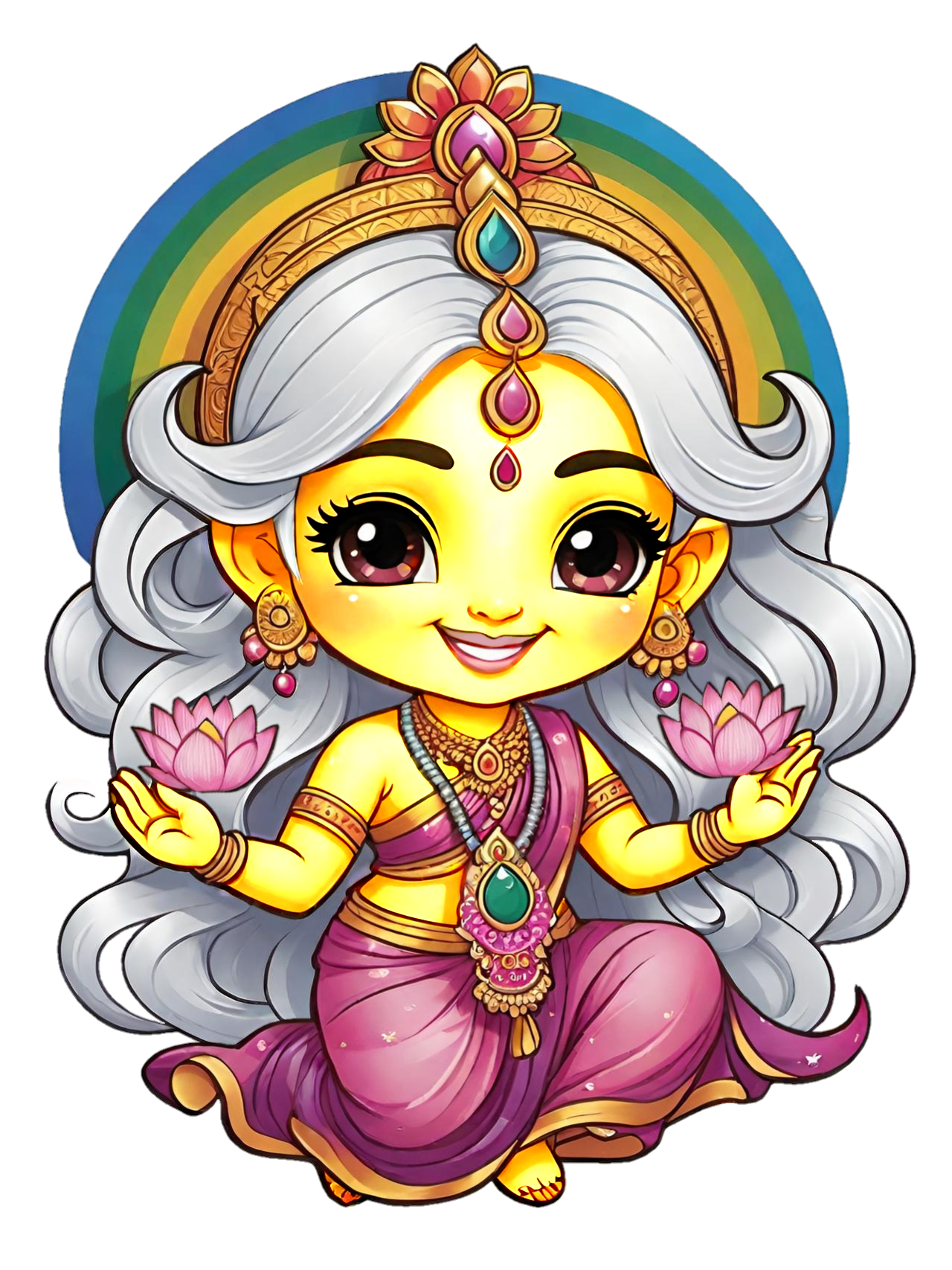
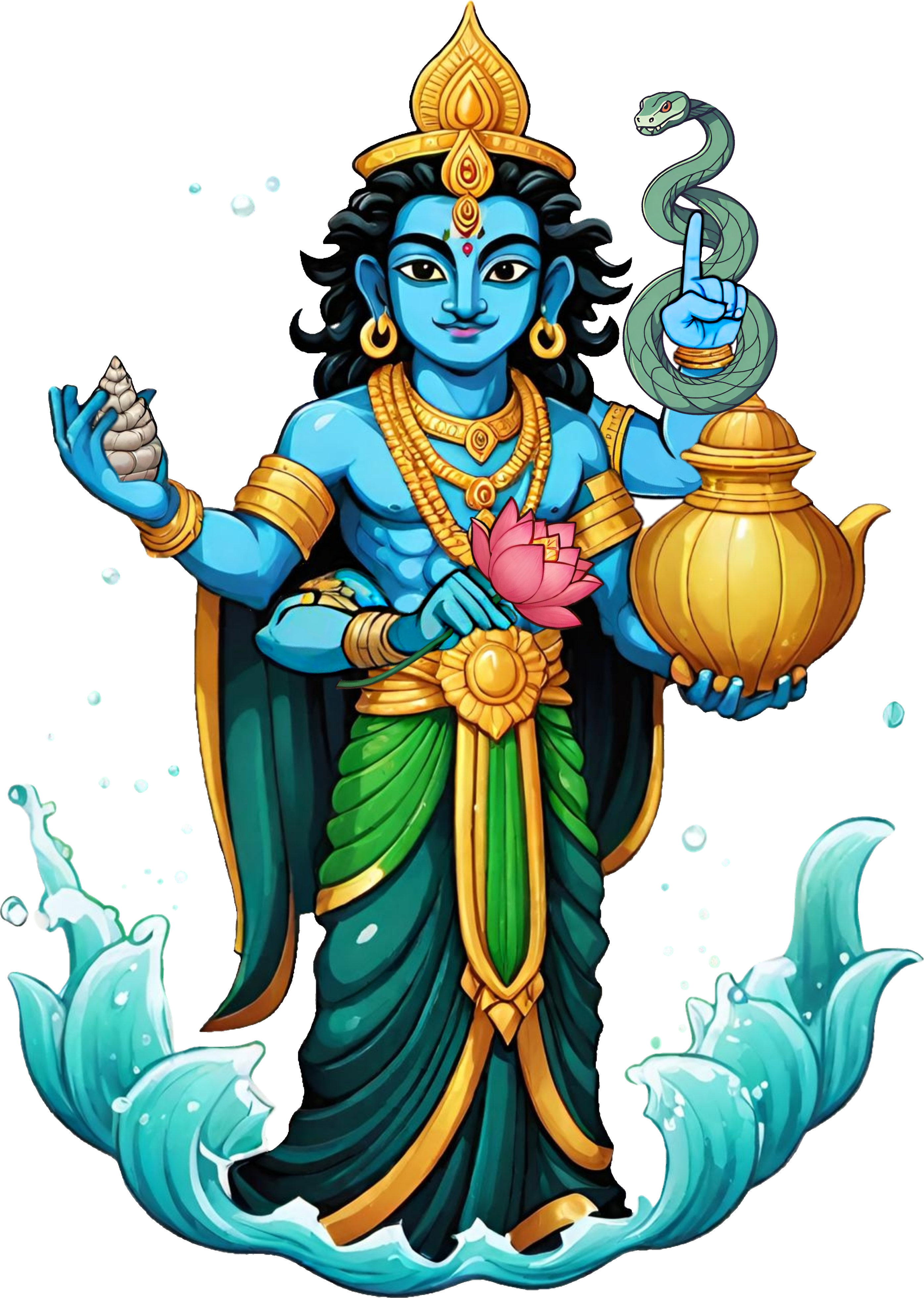
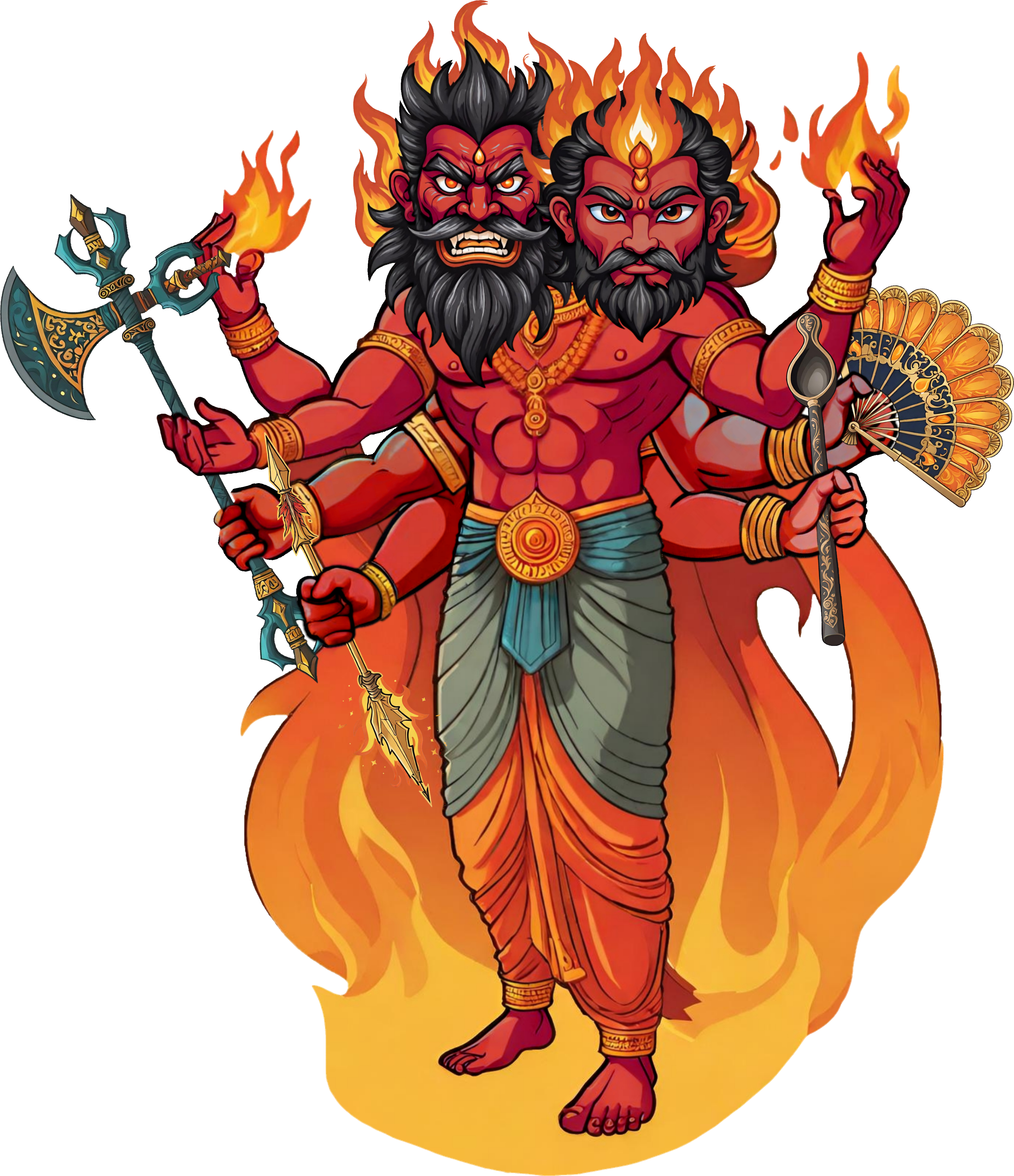
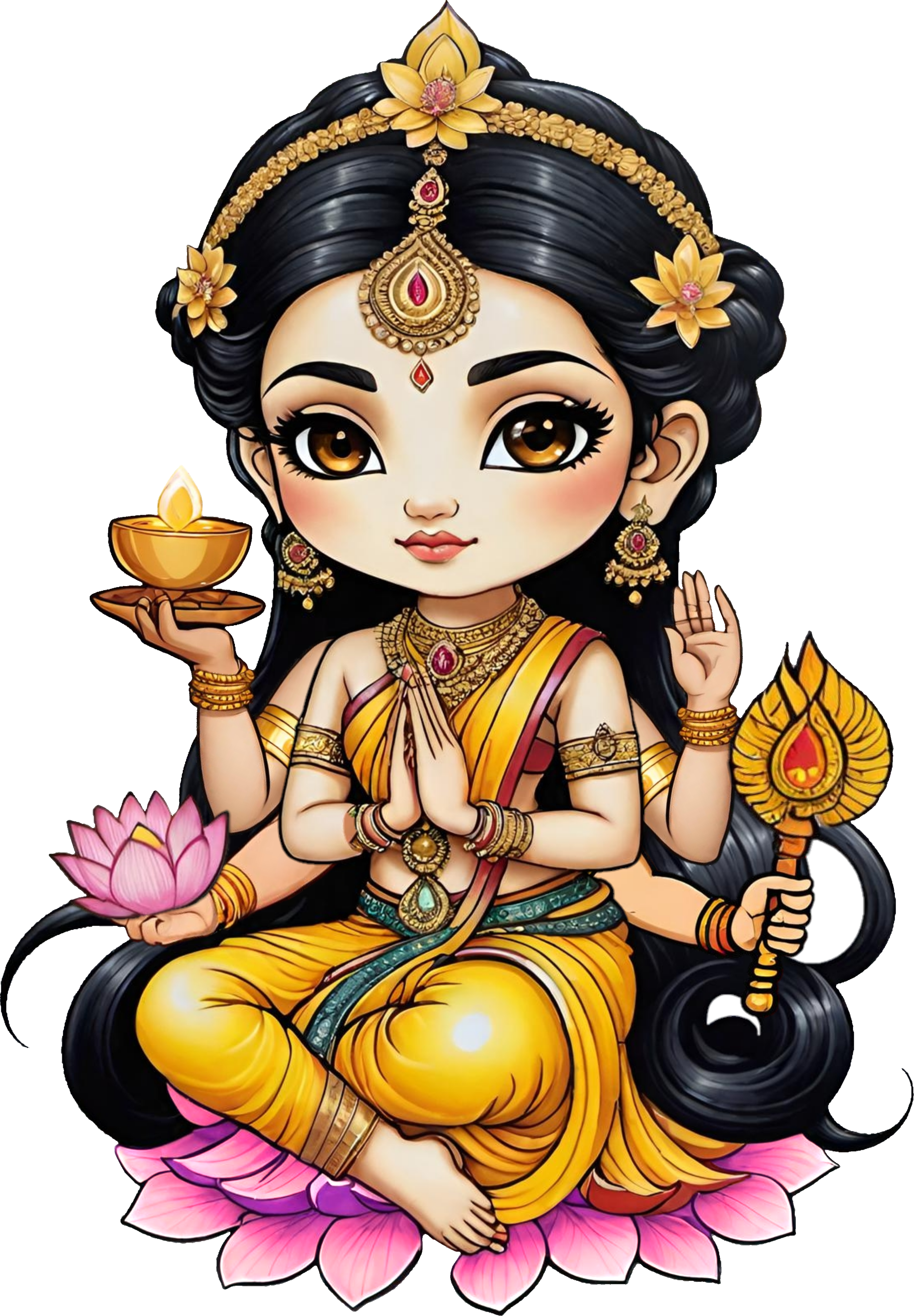
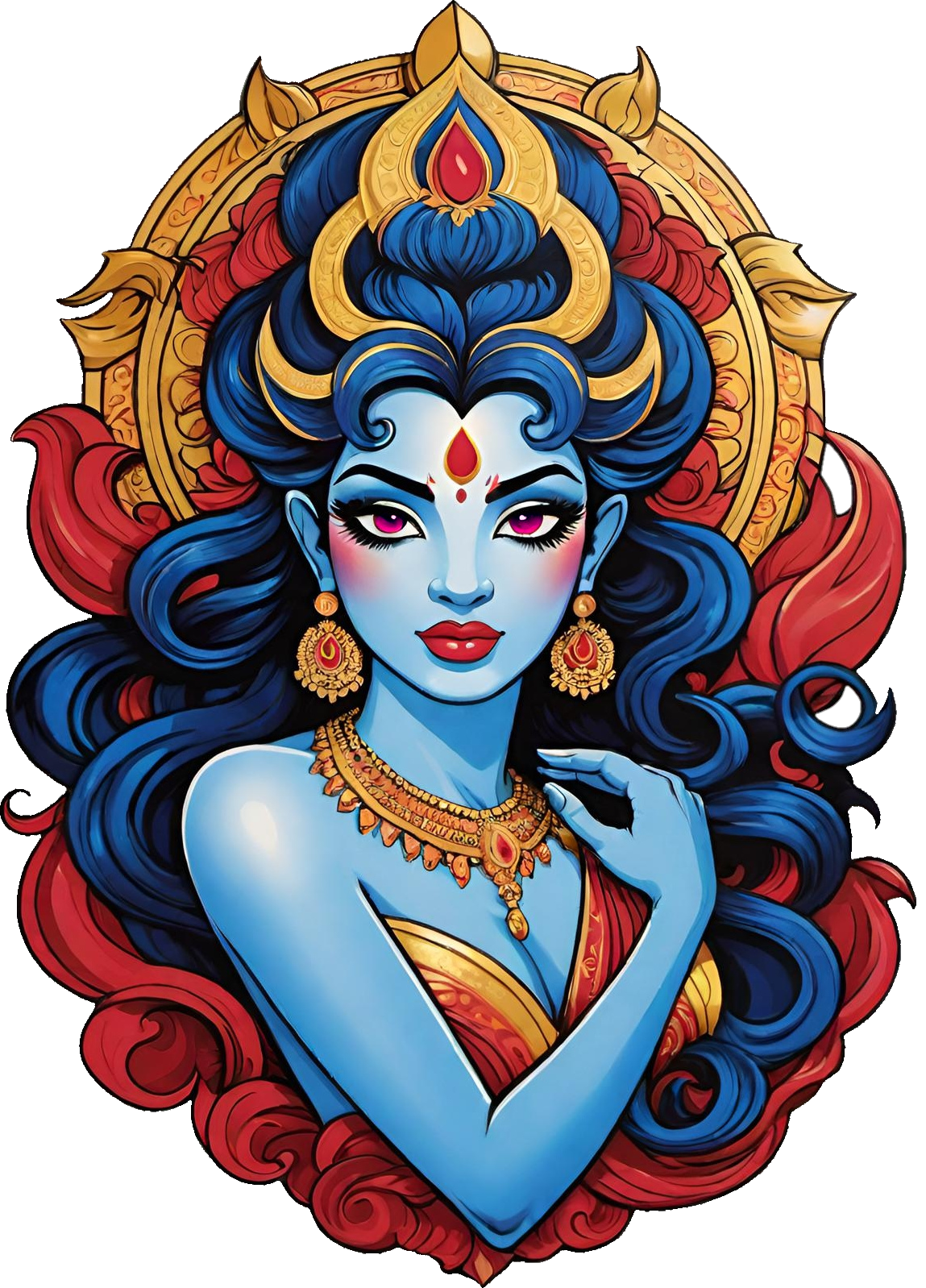
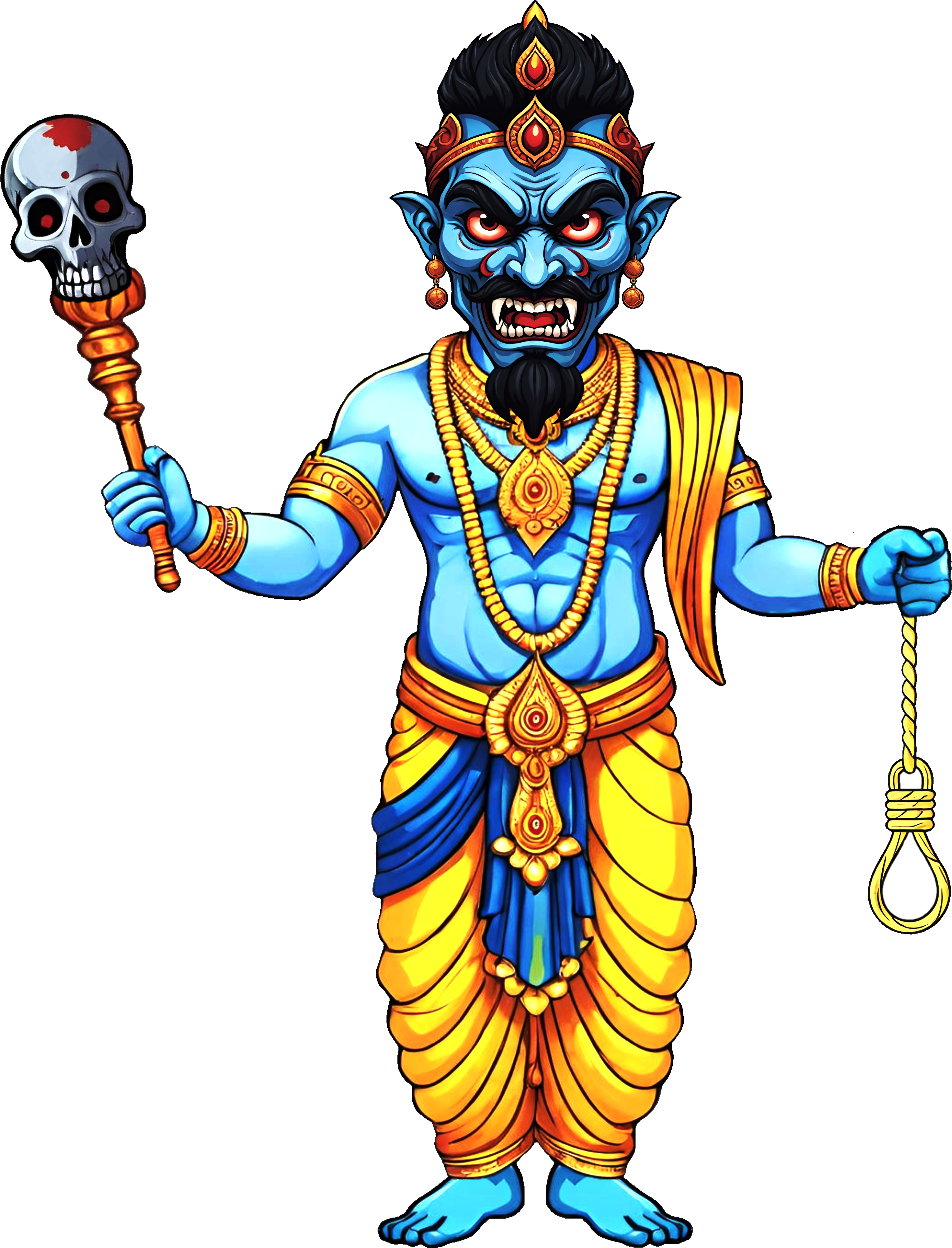


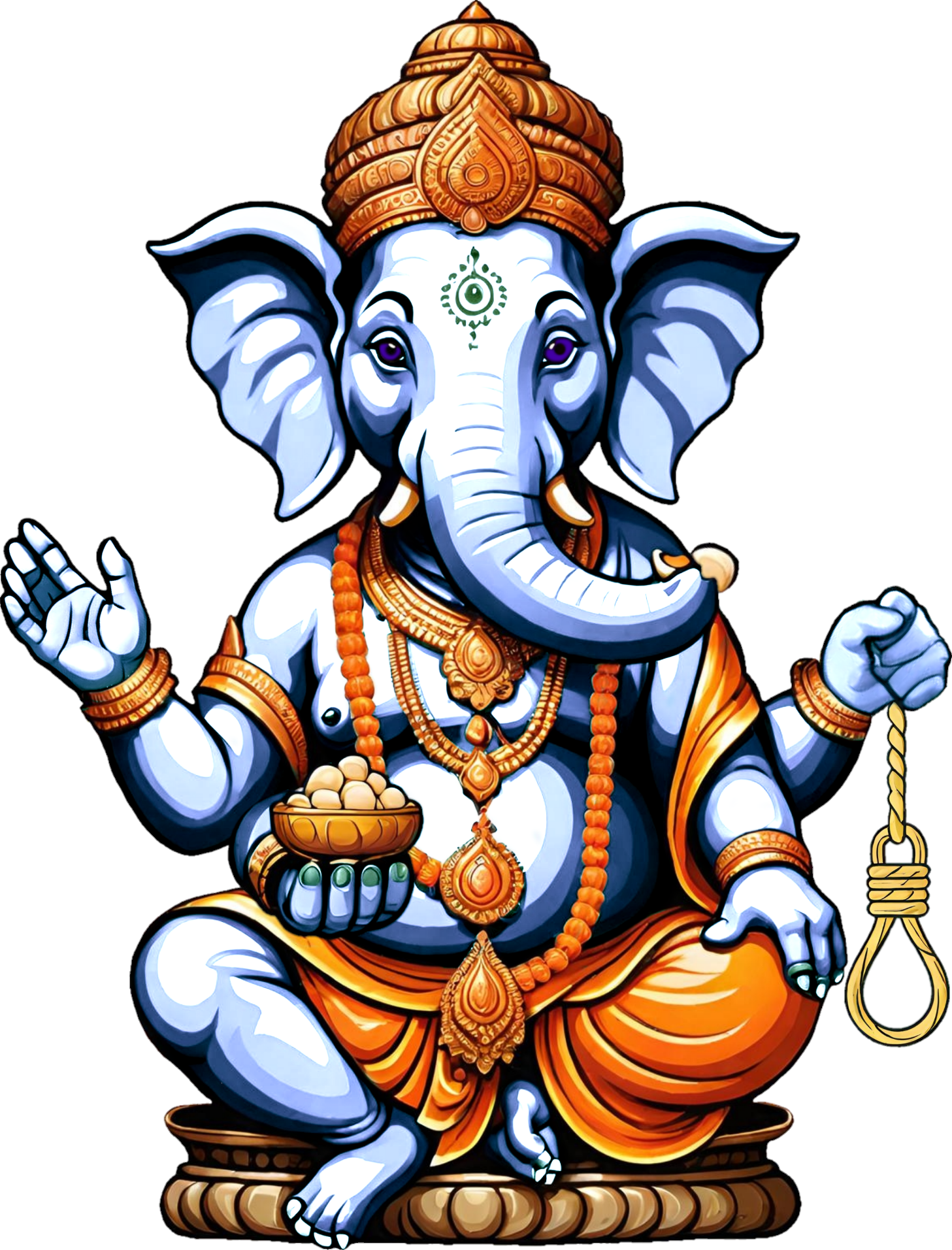
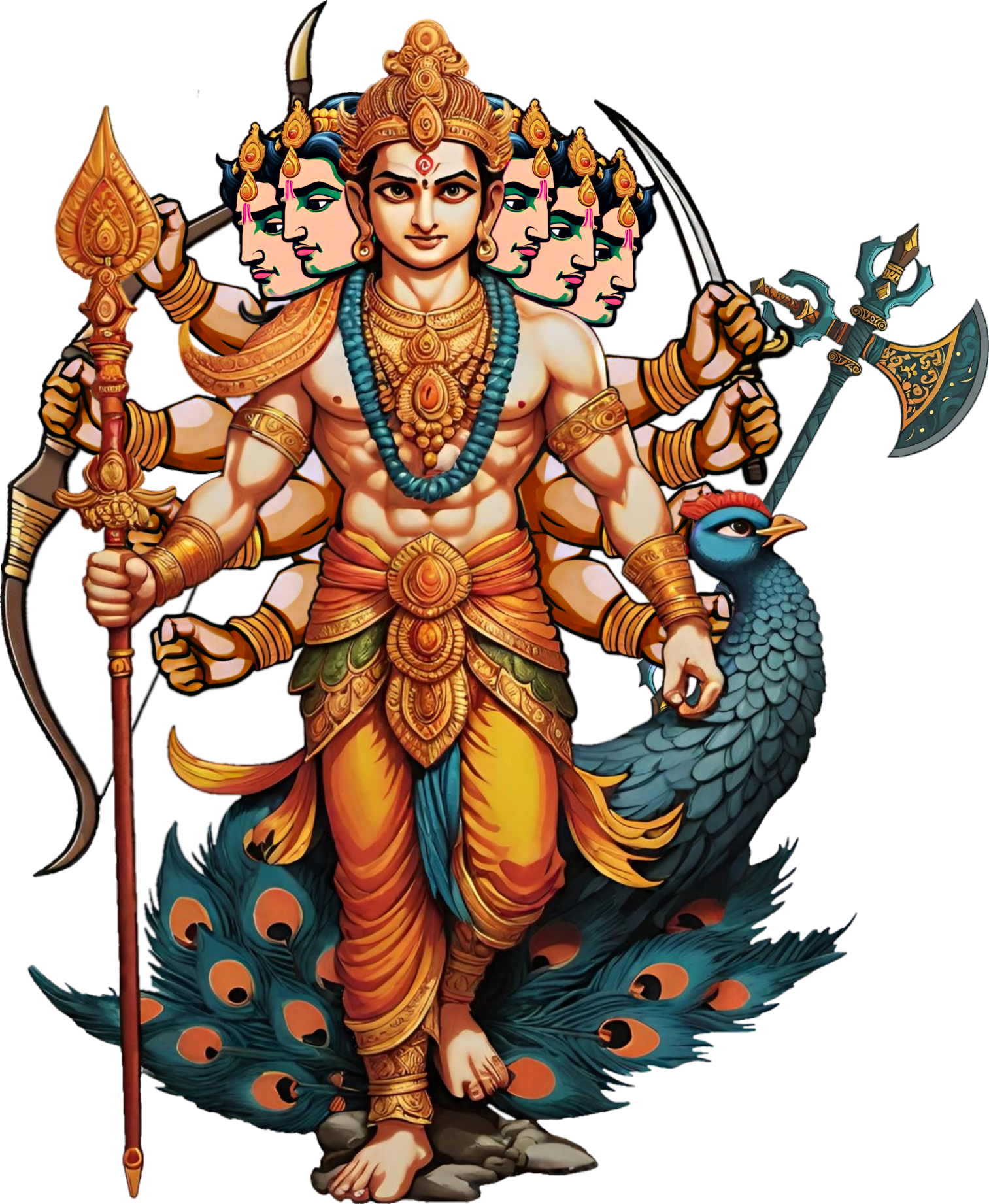
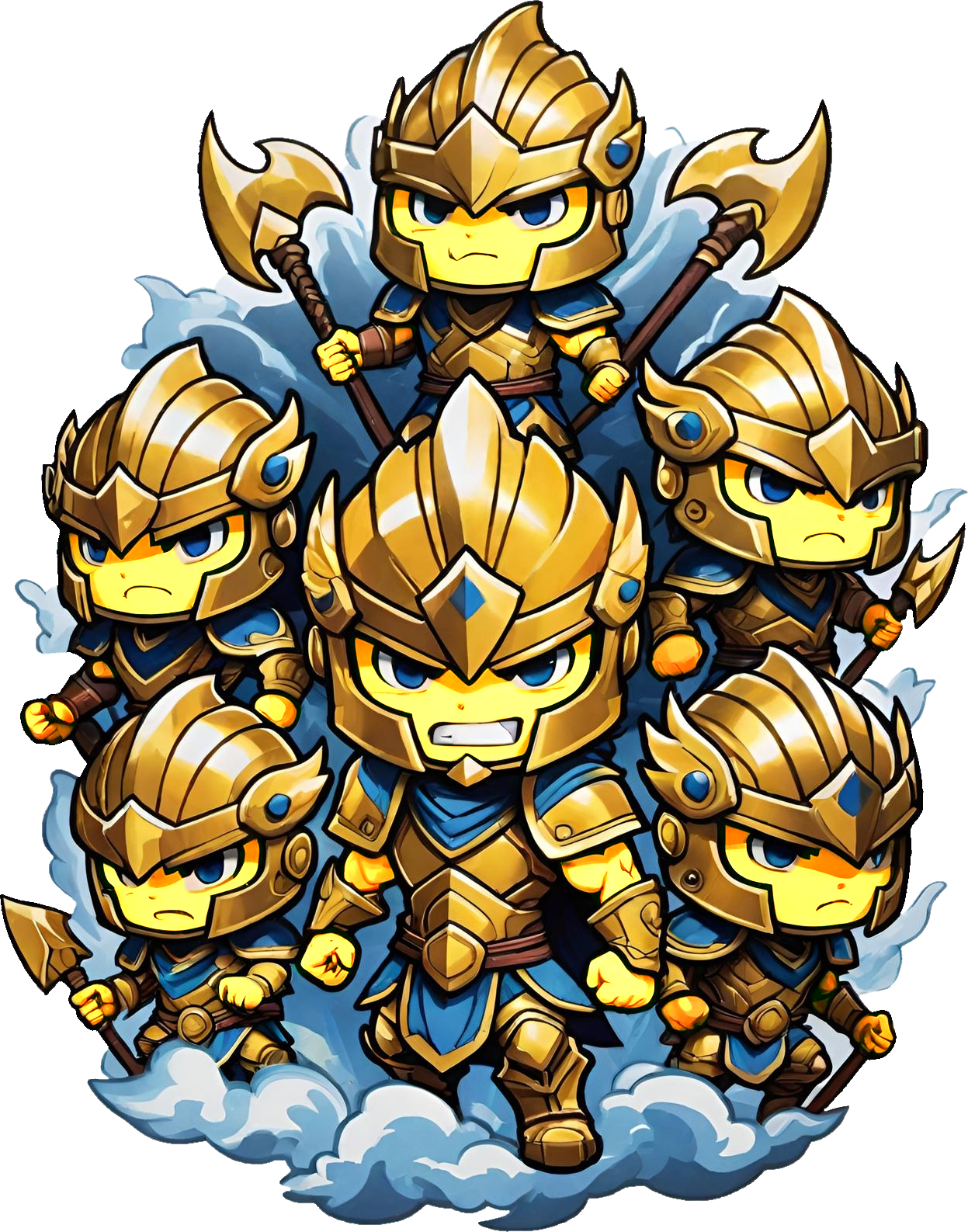



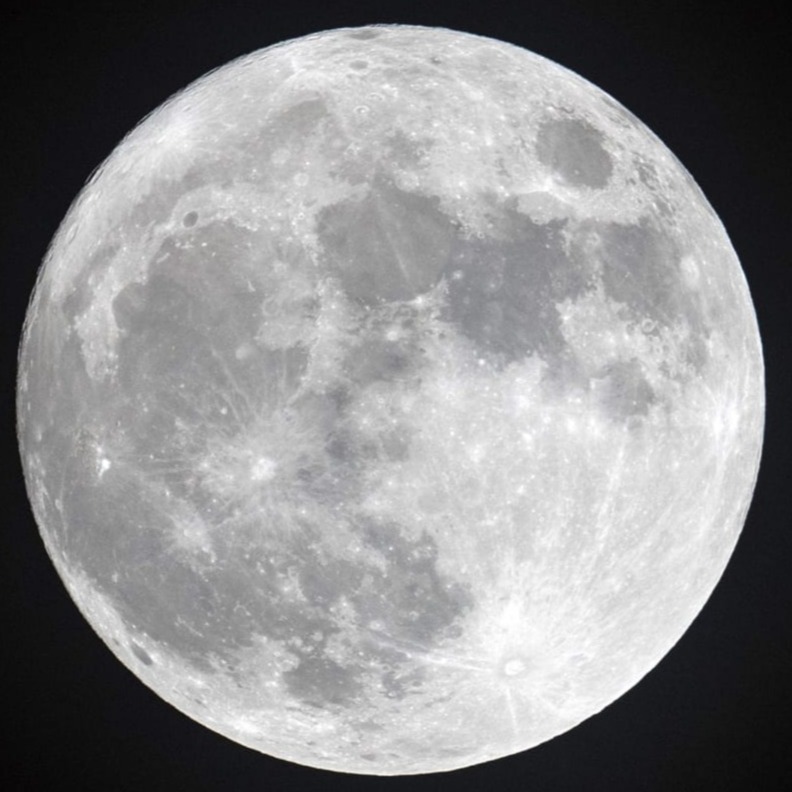

Amazing! :-o
Thanks! This project took a lot more time and research than I expected >.> But I think its worth it. Thanks for checking it out!
Bookmarked that for a later full reading. :D